|
Once upon a time, there was a Benedictine monk and cellar master who lived and worked at Hautvillers Abbey; his name was Dom Pérignon (1658-1715). As legend has it, it was Dom Pérignon who discovered how to turn the still vin de Champagne into a foamy, bubbly wine. This is indeed a controversial subject and one that I will pursue at another time. My focus today is on another legend in the making whose origins are from Hautvillers as well. Hautvillers is a traditional Champagne village located on the right bank of the Great Valley of the Marne in the foothills of Montagne de Reims in France. Premier Cru is exclusively grown here. Chardonnay, Pinot Noir and Pinot Meunier are grown in soil containing chalk and belemnites originating from the Mesozoic era. Hautvillers is a small village with only 850 inhabitants and nestled amongst the residents is Champagne Marion-Bosser, a small cooperative producer that has been in the family for five generations. Today, Champagne Marion-Bosser is led by the dynamic mother-daughter team of Bernadette and Elodie Marion. Elodie’s maternal great-grandfather launched Marion-Bosser, which was then passed down from mother to daughter with each ensuing generation. At a point in time, Elodie’s grandmother moved the family to Paris and leased out the vineyards, but Bernadette moved the family back to Hautvillers in 1994 to take over the vineyards again. At the age of forty, Bernadette immersed herself in school to learn farming and winemaking. Her daughter Elodie also pursued an education, enrolling in the Beaune wine school CFPPA in Burgundy. After completing eight years of study in Burgundy, Elodie returned to Hautvillers in 2009 to work alongside her mother in running the domaine. Marion-Bosser owns three hectares of old-vine premier cru vineyards, most of which are Pinot Noir, in their home village. They source out their Chardonnay from grand-cru vineyards in Oger and Vertus. These impressive women work the vines by themselves and practice sustainability that is influenced by Elodie’s Burgundian education. Elodie makes her wine at the local cooperative, which demands strict specifications from farming techniques to winemaking. In addition, she has the advantage of using state-of-the-art equipment and is surrounded by fellow enologists. Needless to say, the wines reflect the passion and dedication that has gone into making them. Images of Hautvillers courtesy of Marion-Bosser Elodie prefers to age the champagne before the wine is bottled and likes to keep the dosages low, preserving “the fresh character of the grapes intact”. Brut Tradition, Premier Cru is 60% Chardonnay and 40% Pinot Noir. It is aged for 3 years on lees. The color is golden with a soft bouquet of floral, pear and stone fruit. The palate offers fine, persistent bubbles with tart apples, stone fruit and hints of nuts and yeast. This is a lively champagne with lots of freshness and a lingering taste of lemon zest. Alcohol: 12.5% SRP: $47.99 Extra-Brut Blanc De Blancs Premier Cru is 100% Chardonnay. It is aged for 3 years on lees. The color is light straw with aromas of lemon, granny apples and minerality. The palate offers soft fruit with crisp acidity, refreshing mousse, toast and fine bubbles. This is a dry wine with a clean finish. Alcohol: 12.5% SRP: $53.00 Brut Rose, Premier Cru is 55% Chardonnay, 30% Pinot Noir and 15% Pinot Noir red wine. It is aged for 3 years on lees. The color is pink salmon with delicate aromas of strawberry and red berries. The palate offers persistent fine bubbles with strawberry, raspberry, hints of citrus and minerality. Beautifully balanced, creamy and a crisp finish. I enjoyed sipping it with my gourmet grilled cheese sandwich! Alcohol: 12.5% SRP: $56.99 Millesime Premier Cru 2008 is 50% Chardonnay and 50% Pinot Noir. It is aged for 5 years on lees. The color is golden yellow with lovely aromas of stone fruit, soft red berries and baked bread. Stone fruit dominates the palate with fine bubbles, soft fruit and a lemon zest finish. This is a crisp, dry and bold wine. Alcohol: 12.5% SRP: $74.99 All of the above champagnes will pair well with an array of food or drink beautifully as an aperitif. My guests enjoyed sipping and nibbling on a variety of cheeses, fig spread, fruit and shrimp with cocktail sauce. As their brochure states “this family-run estate has made wines with care, precision and a passion for terroir, from generation to generation for more than a century. They are passionate about the land and about the wine.” And it clearly shows in each bottle of these elegant wines!
The other day I wore a sundress and sandals and was ecstatic! Today, I’m all bundled up again in winter clothes and it’s pouring outside. The weather is truly maniacal and I’m craving sunshine. So, I decided to take myself to the warm and inviting climate of Sicily. Albeit it was through a glass of wine, but it did the trick! Cusumano Winery is located in the town of Partinico, about 19 miles from Palermo on the western side of Sicily. The Cusumano family has been growing grapes for about sixty years. They started out as grape producers, selling to regions around Italy. In 1993, they shifted gears and under the direction of Francesco Cusumano, they began focusing on the production of wine. Their first vintage was released in 2000. Francesco’s sons, Alberto and Diego, work alongside their father helping to create unusual and lively wines. Alberto, with his background in enology, oversees the production of wine. Diego has a background in business and marketing and takes care of the marketing and sales. Winemaker Mario Ronco does the consulting for the winery. The brothers built a new winery at Partinico, in 2006. Cusumano owns 519 hectares of vineyards scattered throughout Sicily, maintaining seven vineyards in all. The San Giacomo vineyards are located in the center of Sicily in Butera, in the province of Caltanissetta. The vineyard consists of 140 hectares of rich, white and calcareous soils and this is where the Nero d’Avola grapes are grown. The average age of the vines is 15 years. Cusumano Nero d’Avola 2015 is 100% Nero d’Avola. The color is deep ruby bordering on purple. Seductive aromas of ripe berries, plum, cherry and spice segue onto the palate. The wine is fruit forward with lush dark fruit, plum, dark cherry, spices and heat on the finish. This is a lively wine with smooth tannins, is medium-bodied and will pair well with pasta, meat and seared tuna. Alcohol: 14% SRP: $13.99 Instead of a cork, the wine has a glass stopper meant to keep the wine fresh and it is reusable. Personally speaking, I prefer a vacuum pump and stopper on the rare occasion when there is wine left in the bottle! I’m looking forward to trying more wines from Cusumano Winery. And of course, returning to Sicily through a glass of wine is always fun!
Until next time! Cheers! Penina To leave a comment or if you have an inquiry, please contact me at [email protected] A few years ago I wrote a story about Loire Valley. After attending “Spring to Loire Valley 2018” wine tasting this past week, I thought it would be worthwhile to revisit these noteworthy wines with you. So before I get into the specifics of some of the wines I tasted, let’s review the Loire Valley region. Loire Valley spans 170 miles and is located in the middle stretch of the Loire River, (France’s longest river) in central France. Loire Valley is also called the “Garden of France” noted for its vineyards, floral gardens, castles and historic towns. The Loire Valley wine region is France’s third largest winemaking region and ranks second in production of rosés. The vineyards, situated along the river, stretches from the Atlantic coast to north-central France. The diversity in soil composition and climate along this stretch plays a key role in the production and characteristics of the wine. Pays Nantais region is closest to the Atlantic Ocean and produces Muscadet, made from the Melon de Bourgogne grape. An interesting note, more Muscadet is produced than any other Loire wine. Muscadet tends to be light-bodied and dry. The high acidity and soft citrus notes make for easy food pairing. The Anjou region is best known for its fruity rosés and red wines. Many of Loire Valley’s sweet wines are produced here. Chenin Blanc and Cabernet Franc are the most prominent grapes used. Saumur is considered a premier sparkling wine region in France and is also noted for its red wines made with Cabernet Franc. The main variety of grape for white wines is Chenin Blanc. Due to the chalky soil, the sparkling wines tend to drink like champagne. The red wines lean towards fruity and light-bodied. Touraine has many famous appellations that include Vouvray, made from Chenin Blanc grapes and Chinon and St. Nicolas de Bourgueil, both made from Cabernet Franc. The red wines from this region are made mostly from Cabernet Franc, Gamay and Malbec and tend to be rich in tannins. Most of the white wines are made with Sauvignon Blanc and tend to be dry and refreshing with an edge of fruit and tart. Centre-Loire region is at the center of France. “It is the original home of Sauvignon Blanc and of Sancerre, the world’s most prestigious Sauvignon Blanc wine that sets international standards for the grape”, as cited from Loire Valley Wines. The majority of the wines that come from the Loire Valley are pressed from a single varietal as opposed to most classic French wines that are blended. It is easier to discern the terroir of the single varietal grapes through aroma and taste. There are 24 grape varieties in the Loire Valley. The leading white varietals are Melon De Bourgogne, Chenin and Sauvignon. The leading red varietals are Pinot Noir, Cabernet Franc and Gamay. With 28 wine importers showcasing wines from all four regions, I had the opportunity to taste a wide range of whites, reds, rosés and sparkling wines. Below is a slide show of just a few of the wines I tasted along with a brief summary of wines that caught the attention of my palate. Domaine de Cézin, 2016 Chenin Blanc is from the Jasnières appellation. It is 100% Chenin Blanc grown in limestone and clay soil. Layers of light fruit, honey, floral and minerality on the palate show off the aromatic and off-dry characteristics of this wine. SRP: $24
Domaine des Varinelles 2015 Cabernet Franc is from Saumur-Champigny. It is 100% Cabernet Franc and packs a punch with berries, spice, pepper and cherry. Medium tannins and easy to drink. SRP: $20 Domaine Pascal Jolivet 2016 Sauvignon Blanc is from Sancerre. This is a dry and lively wine with fresh citrus, melon, pear, minerality and a snappy lemon curd finish. SRP: $38 Maurice Bonnamy Cabernet Franc Rosé Sparkling NV Crémant-de-Loire appellation. Fine and foamy bubbles lead to fresh citrus, red fruit and spice with a chalky lemon finish. Nice! SRP: $16.99 Domaine Champeau 2016 Chasselas is from Pouilly-sur-Loire appellation. Chasselas grapes originated in Switzerland and are grown in several countries. Although it is usually blended with Sauvignon Blanc, this particular wine is 100% Chasselas. The wine is mild with citrus and floral overtones, lots of salinity and a sour edge to it. Food pairing can be a challenge, but mushrooms, quiche, cheese and fruit work. SRP: $14.99 Domaine Valery Renaudat, 2016 Pinot Gris Rosé is from the Reuilly appellation. This 100% Pinot Gris has layers of citrus, floral, peach and strawberry. Lively acidity with a hint of a bitter finish. SRP: $17.99 Jean Michel Gautier/Domaine de la Racauderie Grolleau Rosé Sparkling NV This 100% Grolleau comes from Touraine appellation. Persistent fine bubbles with soft sweetness, red fruit and lively acidity. Fresh and dry. SRP: $22.99 Domaine du Colombier-Mouzillon-Tillières 2012 Melon de Bourgogne This 100% Melon de Bourgogne is from Muscadet-sèvre-et-Maine appellation. More than two-thirds of total Muscadet production comes from this appellation. The wine is tangy with flinty notes, salinity and hints of apple and mild fruit. SRP: $19.99 Domaine de la Colline 2016 Cabernet Franc is from Chinon appellation. This 100% Cabernet Franc is medium-bodied and earthy with notes of dark fruit and plum. Hints of floral and soft fruit remain on the palate. SRP: $14.99 The wines of the Loire Valley range in style and complexity. So, no matter what you like to drink, whether it’s white, red, rosé or sparkling, crisp, dry, sweet, fruity, racy, edgy, earthy or robust, Loire Valley has a wine that is sure to please your palate. Cheers! Penina To leave a comment or if you have an inquiry, please contact me at [email protected] Spring is being quite obstinate in making an appearance. And, I am getting quite tired of the chilly temperatures and forecasts of impending snow showers. I’m ready to trade in my winter coat and gloves for a sundress and sandals! So, to liven things up a bit, I brought a bit of spring indoors and to my dining table. I opened a bottle of Rosé that I had just received from the Côtes-du-Rhône and served it with delicious smoked salmon pasta. The wine was Ferraton Père & Fils Samorëns Rosé 2017. I tasted and reviewed the 2016 vintage last year and I was not disappointed with the 2017 vintage! The Côtes-du-Rhône vineyards, located in Southern France, extend from Vienne to Avignon and include 171 vineyards. The region enjoys a Mediterranean climate conducive to grape growing that also reflects in the characteristics of the wine. The grapes for this particular wine were grown on the right bank of the Rhône in limestone, sand, pebbles and clay soil. Ferraton Père & Fils estate is located in Tain l’Hermitage and was founded in 1946 by Jean Orëns Ferraton. His son Michel, inheriting the same passion as his father, introduced the first Hermitage, Crozes-Hermitage and Saint-Joseph wines to the world. Michel Chapoutier, a highly regarded winemaker and close friend of the Ferratons’ introduced organic viticulture to the vineyards in 1998 and he eventually formed a partnership with the Ferratons. By 2000, all of the vineyards were converted to biodynamic farming and are now certified organic. What began in 1946 as a .3 hectare estate (some of these vines still produce fruit), Ferraton now has an annual production of about 350,000 bottles. Today, Ferraton is headed by oenologist Damien Brisset, who is supported by a young, dynamic team with an average age in the mid-thirties. The Samorëns Rosé 2017 is a blend of 75% Grenache with Syrah and Cinsault. The color is rich coral with delicate aromas of fresh berries, soft floral, hints of citrus and melon. The palate offers red berries, peach, floral and a touch of vanilla on the finish. This is a dry, medium-bodied wine with good acidity and minerality. It’s perfect to serve as an aperitif or with light pasta dishes, seafood and even dessert! Alcohol: 13.5% SRP: $15 The pasta dish is made with smoked salmon, roasted squash, peas, shallots, herbs and Parmesan cheese. I served it warm, but it is delicious as a cold entrée to present throughout the summer as well. And of course, the rosé was an ideal accompaniment to the meal. I’m counting the days until I can finally sit outside, enjoy the sunset, grill food and sip some wine! I have lots of bubbly to share with you in the coming weeks. Until then…
Cheers! Penina To leave a comment or if you have an inquiry, please contact me at [email protected] Every now and then I get a craving for Sangiovese wine. And the other evening, that craving struck like a bolt of lightning. Lucky for me, I had a bottle of Sangiovese di Toscana IGT 2009 Podere Scopetone tucked away in my “wine cellar”. Sangiovese grapes are the most widely planted varietal in Italy. The skin of the Sangiovese grape is thick and the wines tend to be more savory than sweet. Depending on where the grapes are grown, climate and soil being a factor, Sangiovese can deliver a wine that is fruit forward with bright acidity and high tannins or lean towards earthy with herbal notes. It runs the gamut of descriptions, but one of Sangiovese’s trademarks is its cherry flavors. Podere Scopetone winery is located in Scarnacuoia, just below the town of Montalcino overlooking Montosoli. The winery location is noted for being where Ferruccio Biondi Santi first planted Sangiovese grapes in the 1870s. Podere Scopetone began its foray into winemaking in 1978, when Federico Abbarchi, a Milanese pilot, planted vineyards. The first bottled wines were produced in the 1980s. When Federico died in 2007, Loredana Tanganelli (a passionate beekeeper) and her husband Antonio Brandi (a viticulturist) became partners with Federico’s widow, Angela Abbarchi. Soon after, the couple became the owners of the winery. Together with their own vineyards and later expansion, the couple produced their first vintage of Brunello in 2009. Podere Scopetone is organic with a sustainable farming practice. In addition to the grapes, it is important to keep the bees safe! A new cellar was completed in 2015 and they are in the process of becoming certified organic. Luca Felicioni, agronomist and Maurizio Castelli, oenologist are part of the winemaking team. Photos courtesy of Podere Scopetone Sangiovese di Toscana IGT 2009 Podere Scopetone is 100% Sangiovese Grosso made from the vineyards in Montecucco. The color is ruby red with delicate aromas of cherry, red berries, floral and hints of leather. The palate offers cherry, plum, strawberry, spice, peppery tones and a trace of vanilla. This is a lively, dry, medium-bodied wine with medium tannins. Alcohol: 14% SRP: $15.99 This is a food friendly wine and will pair well with a multitude of dishes. I served it with baked salmon, roasted potatoes and beans. Quite yummy! Until next time!
Cheers! Penina To leave a comment or if you have an inquiry, please contact me at [email protected] A few days ago I had the opportunity to taste a large sampling of wines from Croatia. With twenty-two wineries represented, my palate was treated to some very impressive wines. Today’s post is a general overview of Croatian wine. I will be getting into a more in-depth study of each region, the wines, producers and some history in future posts. Croatia stretches over Central and Southeastern Europe with a very long coastline hugging the Adriatic Sea. There are four wine regions throughout Croatia with twelve sub-regions and 66 appellations. The climate and soils vary throughout these regions. The Adriatic coastline enjoys typical Mediterranean climate of hot, dry summers and cool, rainy winters. Further inland in Central Croatia, the Dinaric Alps run parallel to the Adriatic Sea creating an alpine climate at the higher altitudes. Depending on the region, one can find a variety of soils, with white soils of limestone, iron-rich clay soils and stony karst soil being the most dominant. Here is a fun fact: Croatia is home to the Slavonian oak forest, which provides oak for the casks preferred by many European winemakers for aging their finest wines! There are 130 indigenous grape varieties in Croatia of which 40 are in production. Over 60% of wine produced in Croatia is white. Here is a list of just a few of the indigenous grape varieties: Red grapes Tribidrag is genetically identical to Zinfandel and the oldest recorded name for the variety. Plavac Mali (offspring to Zinfandel) and considered “king of the Croatian wines”. Teran found mostly in western Istria region Babić found mostly in the Central Dalmatia region White grapes Graševina (most planted grape variety in Croatia) Pošip found mostly in Dalmatia region Malvazija Istarska (second most planted grape in Croatia) Grk found mostly on Lumbarda, a small island off the coast Debit found primarily in the Dalmatia region Generally speaking, the majority of white wines that I tasted were very aromatic, dry, crisp, light and fresh, with a perfect balance of fruit, citrus, and minerality. I must admit that the white wines were my favorite. The red wines run the gamut from soft to chewy tannins with layers of dark fruit, spice and herbs that are full-bodied and robust to softer medium-bodied reds of cherry, sweet berries, spice and floral. I tasted a few rosés that were very impressive, including a standout from Vina Laguna Perla Rosé NV made with Teran grapes. Vina Laguna is located in the Istria wine region. Among the many producers present was Grgić Vina Winery, owned by winemaker Mike Grgich, who became famous in 1976 when his Chateau Montelena Chardonnay won first prize at the “Judgment of Paris.” Both his Pošip 2016 (white) and Plavac mali 2015 (red) were outstanding. His winery is located in the Peljesac Peninsula, part of the Dalmatia region. In addition to the wines, I tasted amazing olive oil from several producers. Wow---just wow!
As I said earlier, this is just a quick introduction to Croatian wine…I have more to cover! The names of the varietals can be daunting, but I hope I have peaked your curiosity enough to pick up a bottle the next time you’re in a wine shop. If you do, share your thoughts with me! Winter is history and hopefully we’ve seen the last of nor’easters and snow. I’m looking forward to the trees budding and flowers blooming. To help celebrate the onset of spring, I opened a bottle of Chenin Blanc from South Africa. As you know by now, I drink whites, rosés and reds all year round. However, it seemed fitting to start the spring season with something light and fresh! Chenin Blanc is a native white grape of France, specifically associated with the Loire Valley and the grape is mentioned in Official French documents dating back 1300 years ago. Over the years, Chenin Blanc has made its way to New World wine regions, including South Africa. In fact, Chenin Blanc is the most widely planted grape variety in South Africa and is now the largest grower and producer of this varietal. Chenin Blanc is also known as Steen in this wine region. Aromas and flavors of Chenin Blanc can vary depending on which wine region of South Africa they are produced in and whether the grapes are grown in cool or warm climates. But overall, the Chenin Blanc wines tend to feature high acidity, an oily texture and tropical notes. Nederburg Wine Estate is located in Paarl in the Western Cape province of South Africa and is situated about 45 minutes from Cape Town. This is a warm climate region. Here is a very condensed version of the estate’s history. Philippus Wolvaart bought the land in 1791 and together with his wife, they created the groundwork, setting the stage for Nederburg Wines. Once he cleared the land, Wolvaart planted a variety of vines. He also built a beautiful Manor House, which he completed in 1800 and is now a tourist attraction today. Wolvaart eventually sold his farm in 1810, which then repeatedly sold until 1937, when Johan Georg Graue purchased it. Graue pioneered new practices from wine growing to winemaking. In 1953, Günter Brözel became the winemaker and was the first person in South Africa to win the International Wine & Spirits Competition Winemaker of the Year Award for his “Edelkeur Wine”. In 2001, Razvan Macici, a Romanian born cellar master, took over the operation and he continues the tradition of creating quality wines. Nederburg Winemasters Chenin Blanc 2016 is made with 100% Chenin Blanc. The Winemasters brand is their premium wine named in honor of the cellar’s long-standing tradition of winemaking excellence. The Chenin Blanc is a soft golden color with lovely aromas of floral, honey, stone fruit and minerality. The palate is rich with ripe tropical fruit, honeysuckle, pear, apricot and hints of vegetation and flint with a finale of tart granny smith apples. The texture is creamy, light and crisp. This a great wine to drink as an aperitif or with seafood, light pasta and cheese. Alcohol: 13.5% SRP: $12.99 Have some fun and open a bottle of Chenin Blanc from Loire Valley and South Africa. Taste and compare, then let me know what you think!
Have a great weekend and enjoy the spring weather! Cheers! Penina To leave a comment or if you have an inquiry, please contact me at [email protected] My mouth was still tingling with delight after tasting and reviewing several bottles of wine from Alentejo, Portugal last week. So, last night I opened a bottle of wine from northern Portugal’s Douro Valley region. My palate was not disappointed! Douro is famous for supplying the world with its production of port wine. However, it is now being praised for its succulent and refined unfortified wines, both red and white. Quinta da Zaralhôa is a family owned estate with 12 hectares located in the sub-region of Douro Superior. This sub-region experiences extremely cold winters and very hot summers. The vines grow in schist soil on steep slopes with the vineyards facing southwest, exposing them to less sun. With less sun exposure, the grapes are allowed a longer time to ripen, developing flavors without excess sugar impeding the acid levels. At Quinta da Zaralhôa harvest takes place in October. Farming is certified organic and sustainable. Grapes are crushed with the tradition of stomping the grapes with their feet, in the belief that it is the best way to maximize the juice’s contact with the skin without crushing the seeds. Photo credit Quinta da Zaralhôa Quinta da Zaralhôa Rumansil 2012 is a blend of indigenous grapes; 25%Touriga Nacional, 25%Touriga Franca, 25%Tinta Roriz, and 25% Tinta Barroca. The wine is named after Rumansil, a Roman villa of the 3rd century, located next to Quinta da Zaralhôa. The wine is aged in French oak for 2 years. Prior to bottling, different lots are selected for the final blend and then aged for one year in bottle. The color of the wine is burgundy with intoxicating aromas of dark fruit, floral and spice. The palate is layered with a rich concentration of dark berries, plums, spice, fennel, hints of cocoa and finishes with cherry and pepper. Silky tannins, good acidity, fresh and juicy! Alcohol: 13% SRP: $25 Wines from Douro are becoming more and more popular and run the gamut in price. If you haven’t already tried these wines, I encourage you to treat your palate!
A few weeks ago I opened a bottle of Concha y Toro Gran Reserva Serie Riberas Malbec 2014 from Chile. I intended to give a “shout out” to this expressive wine, but days got away from me and I never got around to writing about it. And then, yesterday I received several bottles of Malbec from Chile and Argentina. One of the bottles was a Concha y Toro Gran Reserva Malbec 2016. So, I thought it would be interesting to compare the 2014 and 2016 vintages. The Gran Reserva Serie Riberas is also known as “Riverbank Series”. These are single-vineyard wines grown close to one of Chile’s major rivers, the Rapel, Cachapoal and Tinguirica. The Malbec vineyards are planted on the south bank of the Tinguirica River. The Palo Santo Vineyard is located 180 meters above sea level. The climate is Mediterranean with an extended dry season and the river and coastal breezes influence the temperature. Marcio Ramírez is the chief winemaker for the Gran Reserva Serie Riberas. Gran Reserva Serie Riberas Malbec 2014 is made with 90% Malbec and 10% Syrah. The color is deep purple with tantalizing aromas of dark fruit, dark plum, blueberries, blackberries and spice. The palate is layered with dark berries, dark plum, hints of blueberries, nutmeg, pepper and dark chocolate. This wine has a beautiful concentration of flavors and is full-bodied with soft tannins. Alcohol: 14% SRP: $17 Gran Reserva Serie Riberas Malbec 2016 is made with 85% Malbec and 15% Merlot. The color is dark purple with concentrated aromas of blueberries, plum, spice, pepper and hints of floral. The palate offers lush dark fruit, black cherries, plum and spice with a long finish of pepper and sour cherry. It is medium-bodied with soft tannins. Alcohol: 13.5% SRP: $17 The 2016 vintage has a tad more spice and has earthiness, but both vintages are easy to drink and they will pair well with many foods.
Until next time! Cheers! Penina To leave a comment or if you have an inquiry, please contact me at [email protected] When the topic of Portuguese wine comes up, thoughts might turn to the exceptional fortified wines that this country produces. But there is so much more to discover. I have written several stories about Portuguese wine, discussing some of its regions and producers. Here is a quick review: Portugal is located in the Southwest corner of Europe in the Iberian Peninsula. It is the westernmost country of Europe and surrounded by Spain to the North and East, and the Atlantic Ocean to the South and West. What makes Portugal so unusual with regards to wine is that it boasts a remarkable number of grape varieties that cannot be found anywhere else in the world. In fact, many of the Portuguese grape varieties are restricted to the national territory. There are 250 indigenous grape varieties officially registered. The Alvarinho, Baga and Touriga Nacional grapes are probably the most widely known by name. Portugal is divided into fourteen Regional Wine areas. Each region has a unique geography and climate, influencing the production of the grapes. Most of the wines produced in Portugal are a blend of several national grape varieties rather than using a single varietal. In fact, some winemakers will blend more than twenty varieties to attain the perfect balance. However, there are a few regions that produce a single variety grape, such as Bairrada, using the Baga grape (red) and in Moncao/Melgaco in the Vinho Verde region, using the Alvarinho grape (white). Overall, the most “popular” of the white grapes are Alvarinho, Arinto/Pederna, Encruzado and Fernao Pires/Maria Gomes. The popular red grapes are Baga, Casteao, Tinta Roriz, Touriga Franca, Touriga Nacional and Trincadeira/Tinta Amarela. My focus today is the Alentejo wine region which covers a third of Portugal in the southern half. (see map above) Alentejo has eight sub-regions that cover approximately a fifth of the Vinho Regional Alentejano region with climate and soils varying within the sub-regions. The wines produced here come in a range of styles, influenced by the diversity of the climate and soil. The soil of Alentejo varies throughout the sub-regions. In fact, it has the most diverse soil of any region in Portugal. Interspersed amongst the mountains, hills and valleys, one can find soil with clay, limestone, quartz, granite, schist, sandstone and marble. Most of the soils are non-calcareous, meaning they are neutral or more acidic. For instance, Portalegre is located well to the northeast at the foothills of the São Mamede Mountains with predominately granite soil, more rainfall and cooler temperatures. Borba, Évora, Redondo and Reguengos, located in the interior of Alentejo, experience typical Mediterranean weather which is mild and warm, with more rainfall in winter. The soil types vary between marble, red slate, brown Mediterranean soil, granite and schist. Whereas, Granja-Amareleja, Moura and Vidigueira are exposed to a much hotter climate with infertile volcanic soils of granite and schist and poor limestone based soils. Alentejo has 51,000 acres of planted vines that enjoy 3000 hours of sunshine annually. More than 80% of the grapes grown are red, but whites are gaining momentum, especially Antão Vaz, the star grape of the region. The following are Alentejo’s signature grapes: Whites Antão Vaz Arinto Fernão Pires Roupeiro-aka Malvasia and Siria Verdelho Reds Alfrocheiro Alicante Bouschet Castelão Touriga Nacional Trincadeira So, let’s check out a small selection of wines from Alentejo! Olho De Mocha Reserva 2014 is produced by Herdade do Rocim located in the southernmost region of lower Alentejo. The wine is 100% Antão Vaz. The color is golden yellow with subtle aromas of citrus, floral, apples and hints of minerality. The palate offers tropical fruit, honeysuckle, gentle citrus and lively acidity with a dose of lemon zest on the finish. This is a fresh and aromatic wine. Alcohol: 13.5% SRP: $30 Tinto De Talha 2014 is produced by Piteira located in the Granja-Amareleja sub-region. The wine is made with 100% Moreto grapes grown in a mix of sand pebbles and quartz. This is a “clay jar” wine, which is a 2,000-year-old tradition of making wine. The grapes are destemmed and crushed by hand and then the must and skins are deposited into large 520-gallon handmade talhas (clay jars) where fermentation starts spontaneously and lasts for about 3 months. The wine then ages for 6 months in the talhas with skins. The color of the wine is deep garnet with ripe fruit, floral and plum on the nose. Neutral flavors and a hint of bitterness remain on the palate. Alcohol: 13.5% SRP: $23 Reserve Red 2014 is produced by Esporão located in Reguengos de Monsaraz DOP, in the interior of Alentejo. This is a beautiful blend of Aragonez, Trincadeira, Cabernet Sauvignon and Alicante Bouschet. The grapes are grown in clay loam soils with granite and schist mother rock. The color of the wine is dark red bordering on purple. Aromas of ripe red and dark fruit, herbs and hints of oak segue onto the palate with cherry, plum and pomegranate, leaving a hint of tartness on the finish. This is a full-bodied wine with medium tannins and multiple layers. A very expressive wine. Alcohol: 14.5% SRP: $28 Evora Tinto Colheita 2013 is produced by Cartuxa located in the sub-region of Évora. The wine is a blend of Aragonez, Alicante Bouschet, Trincadeira and Cabernet Sauvignon. The grapes are grown in granite soil. The wine is dark red with aromas of sweet berries and dark fruit. The palate offers dark rich fruit, dark plum, cherry, spice, licorice, medium tannins and a peppery finish. This is a full-bodied wine with a lot of depth and character. Alcohol: 14.5% SRP: $25 Monte de Peceguina 2015 is produced by Herdade Da Malhadinha Nova located in Beja, a southern sub-zone. The wine is a lovely blend of Touriga Nacional, Syrah, Aragonez, Alicante Bouschet and Cabernet Sauvignon. The grapes are grown in free-draining schist soil. The color is dark ruby with heady aromas of lush ripe fruit, cherry and dark berries. The palate offers succulent berries, spice, anise and hints of pepper and herbs. White chocolate and cherry linger on the finish. This is a fresh, medium-bodied wine that is smooth as silk. Alcohol: 14.5% SRP: 18.99 Alentejo producers and growers embrace and practice sustainability. In 2014, the Alentejo Regional Wine Growing Commission created a voluntary initiative for grape growers and wine producers called Wines of Alentejo Sustainability Programme in order to improve social, environmental and economic welfare. In addition to wine production, Alentejo produces award-winning olive oil and is home to over one-third of the world’s cork forests. Alentejo has a rich and fascinating wine history, amazing architecture, mouthwatering cuisine and a captivating culture, all of which I will cover in another post. In the meantime, the next time you’re in a wine shop pick up a bottle from this impressive region. Most of the wines are available nationwide.
Cheers! Penina To leave a comment or if you have an inquiry, please contact me at [email protected] |
Categories
All
|

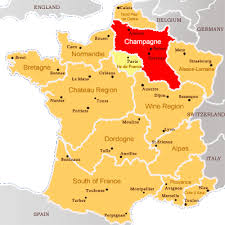
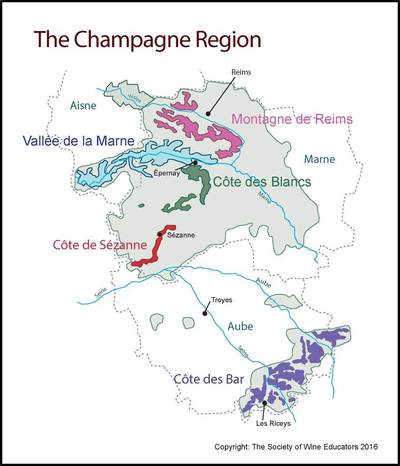
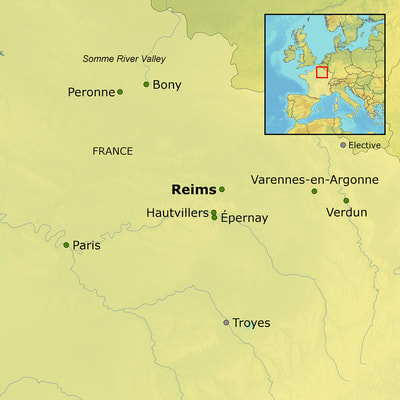
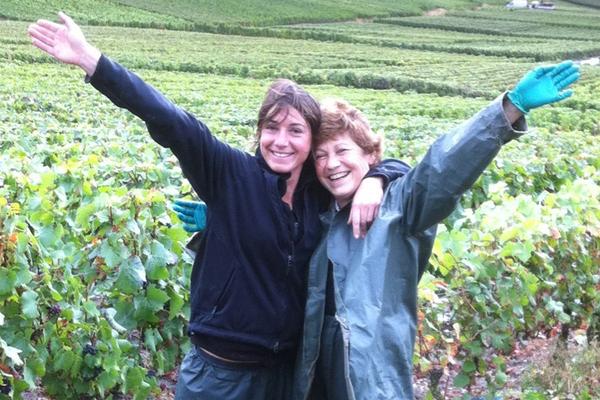
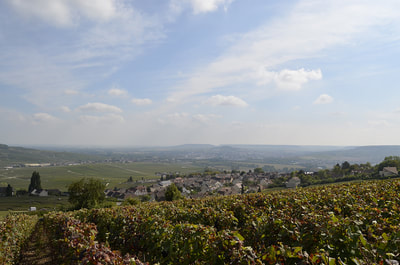
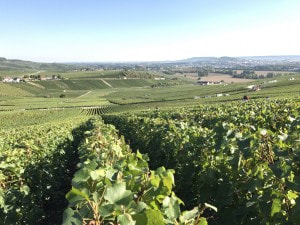
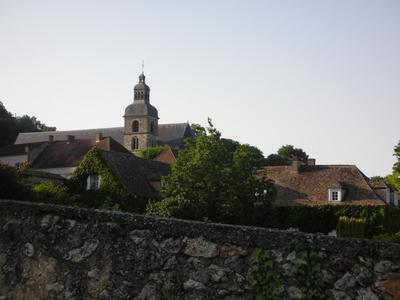
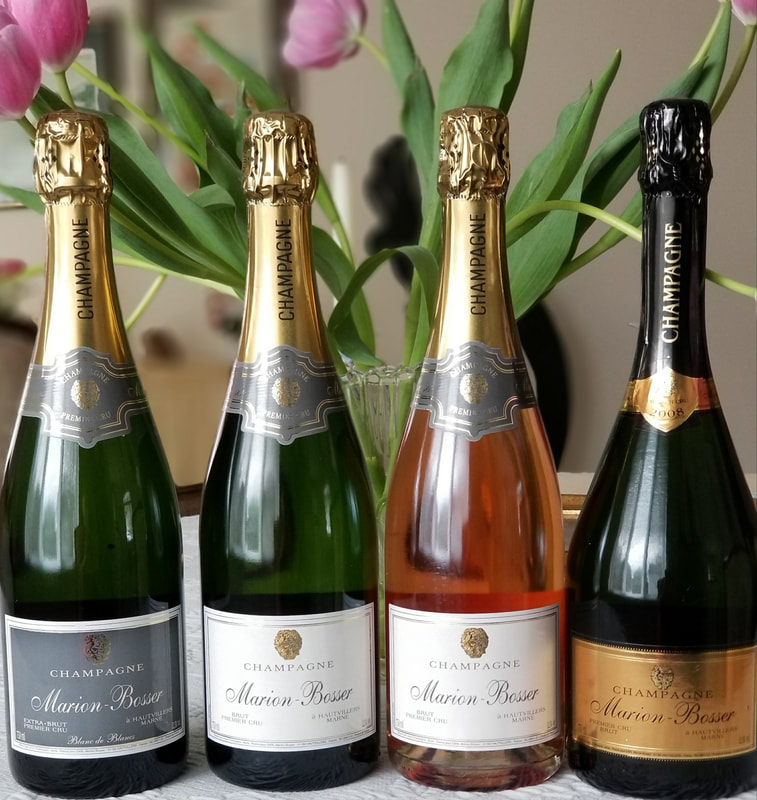
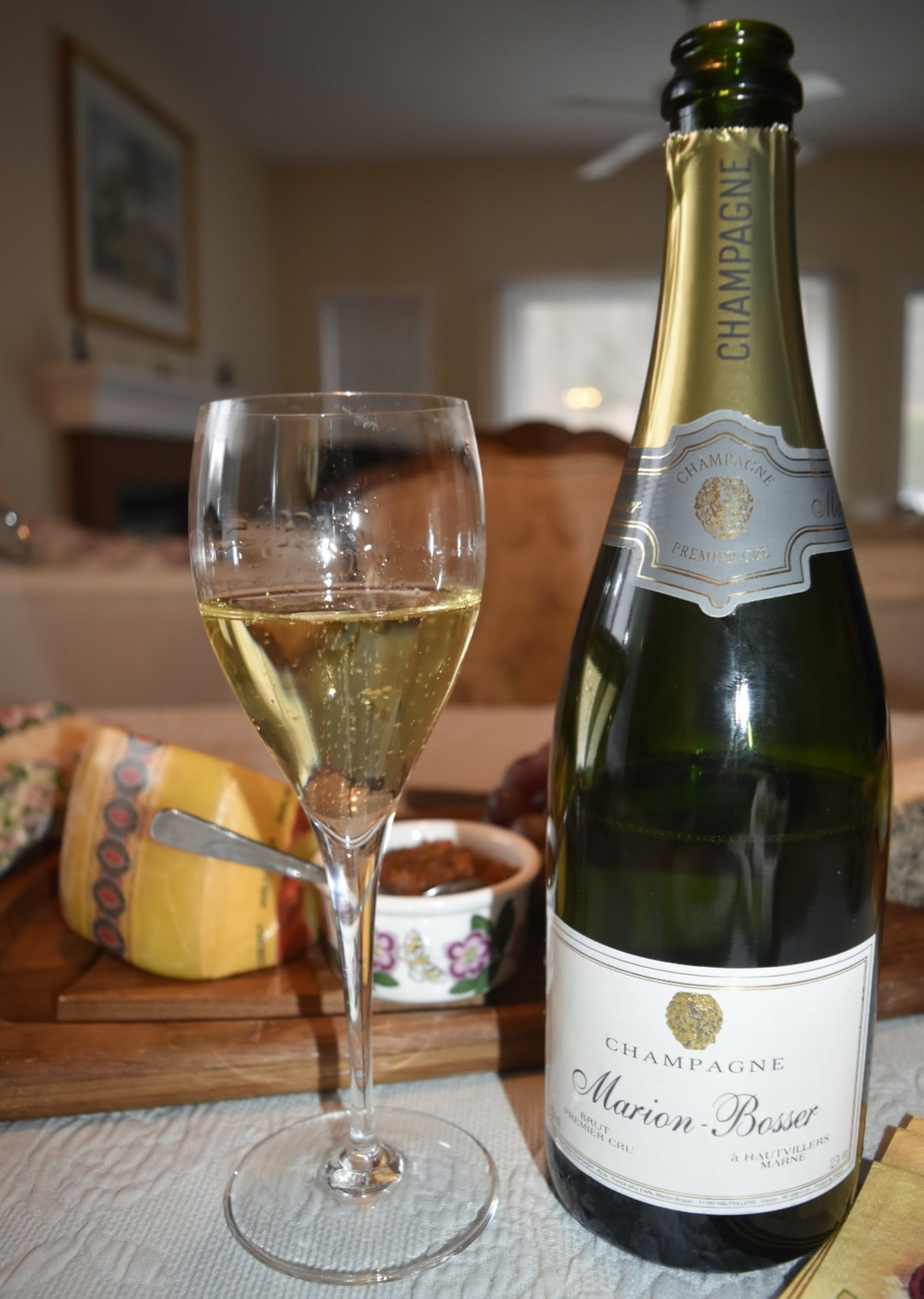
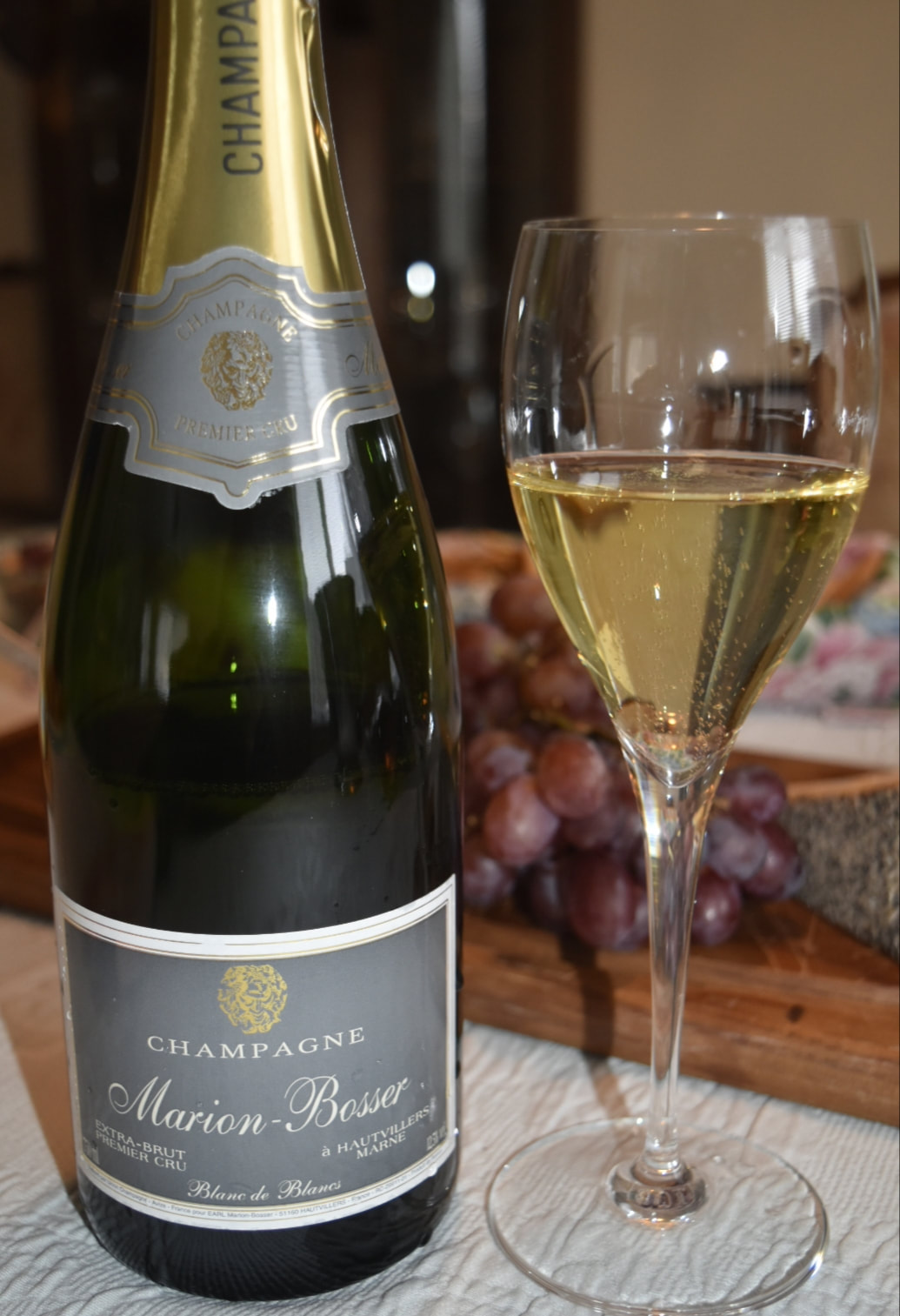
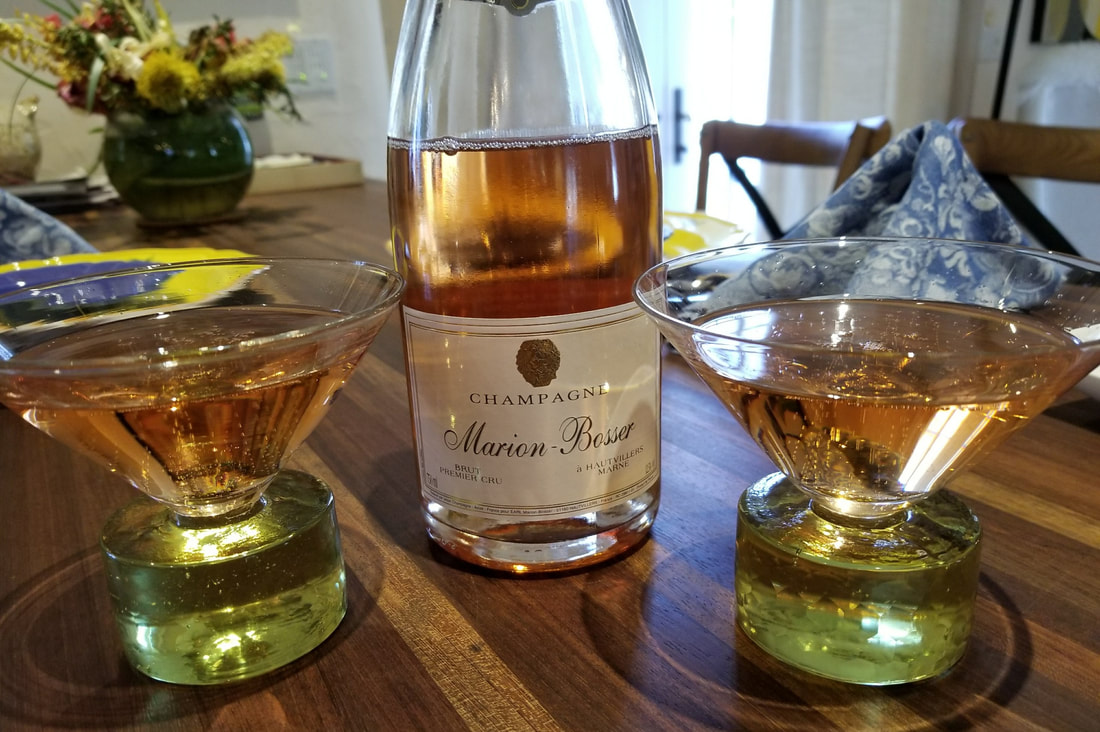
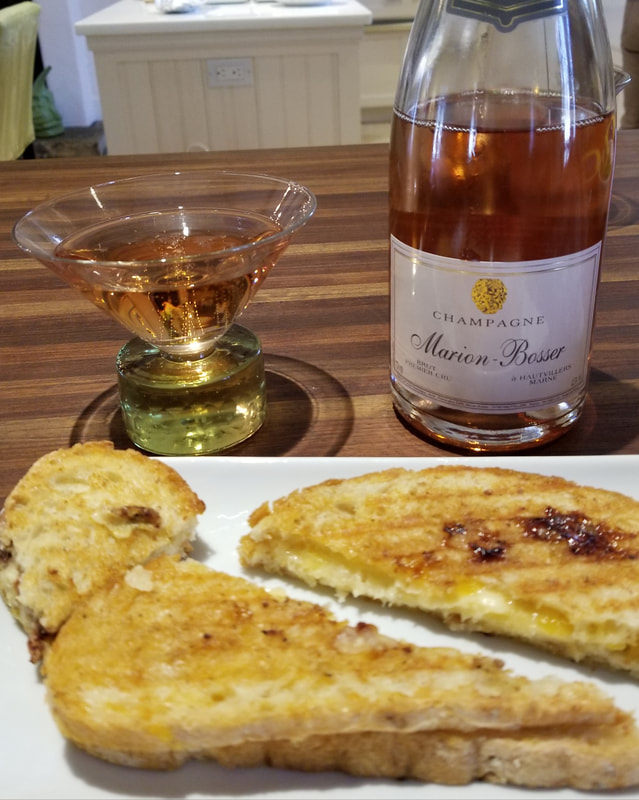
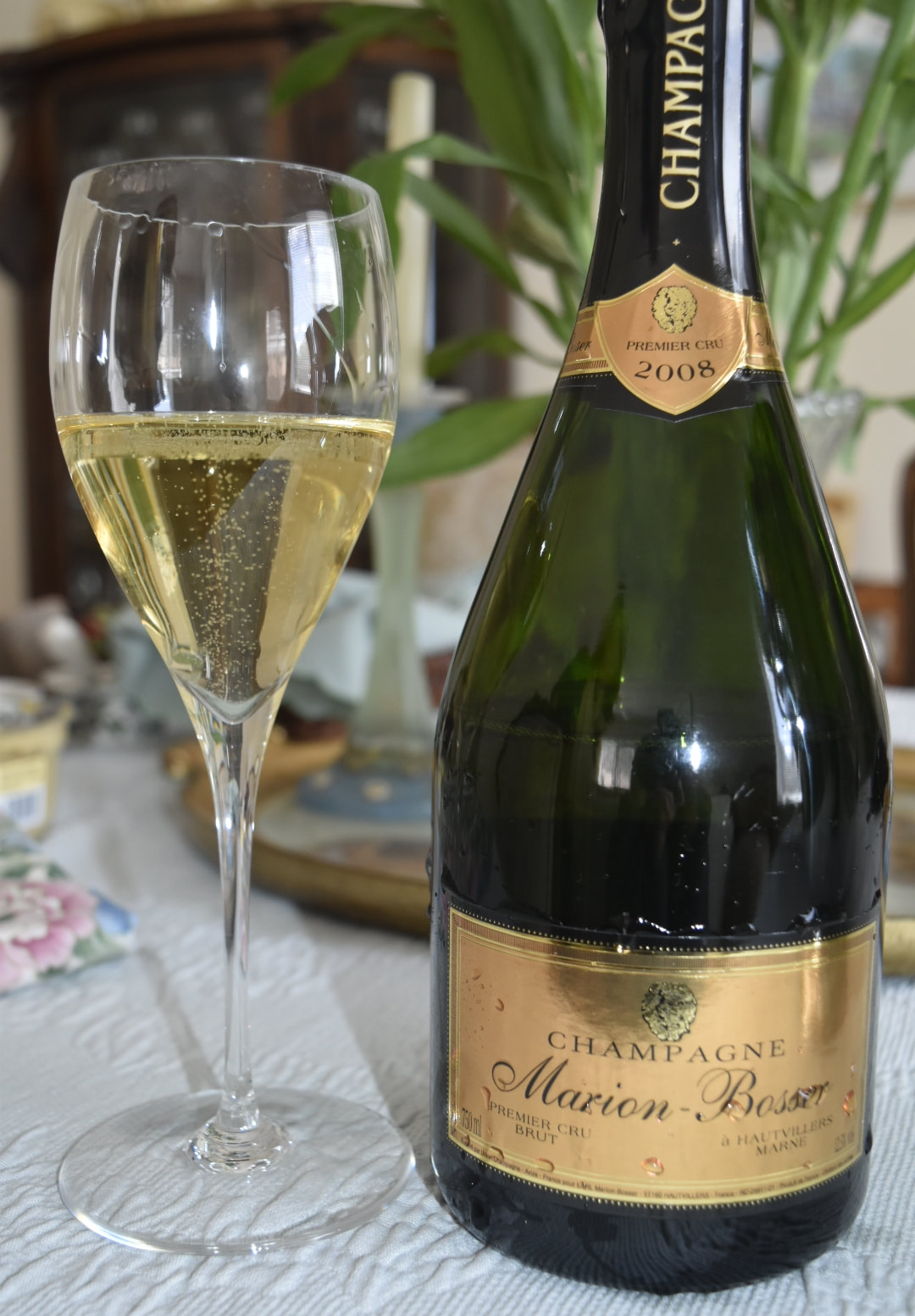
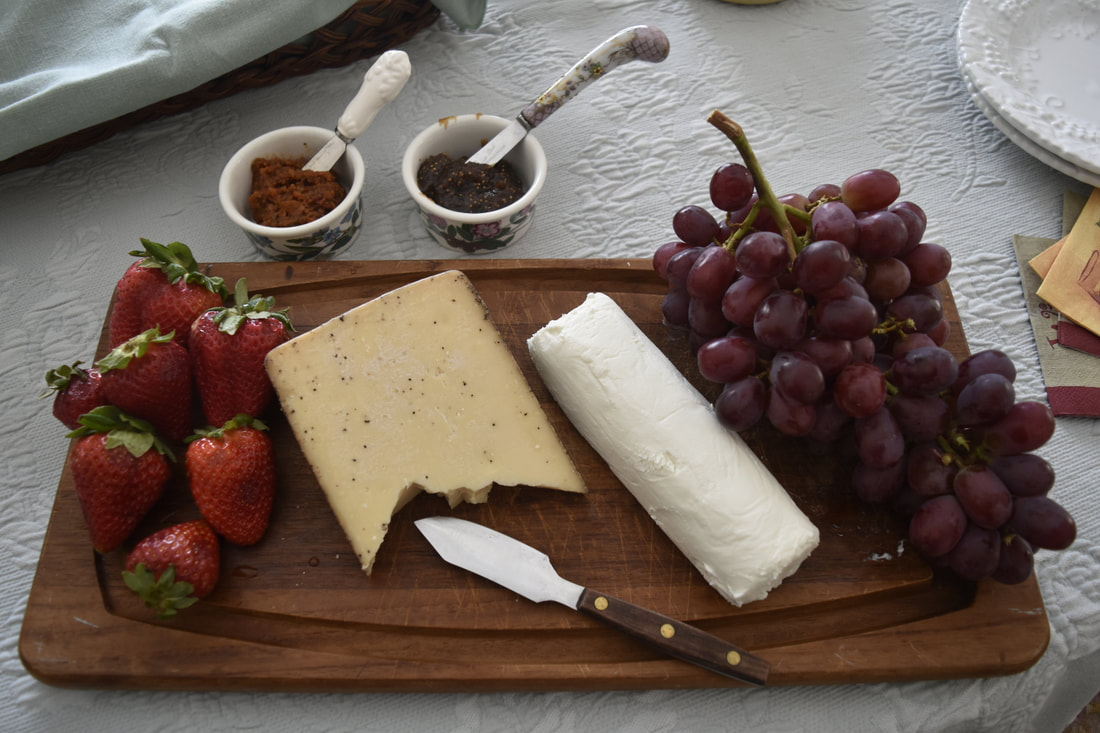
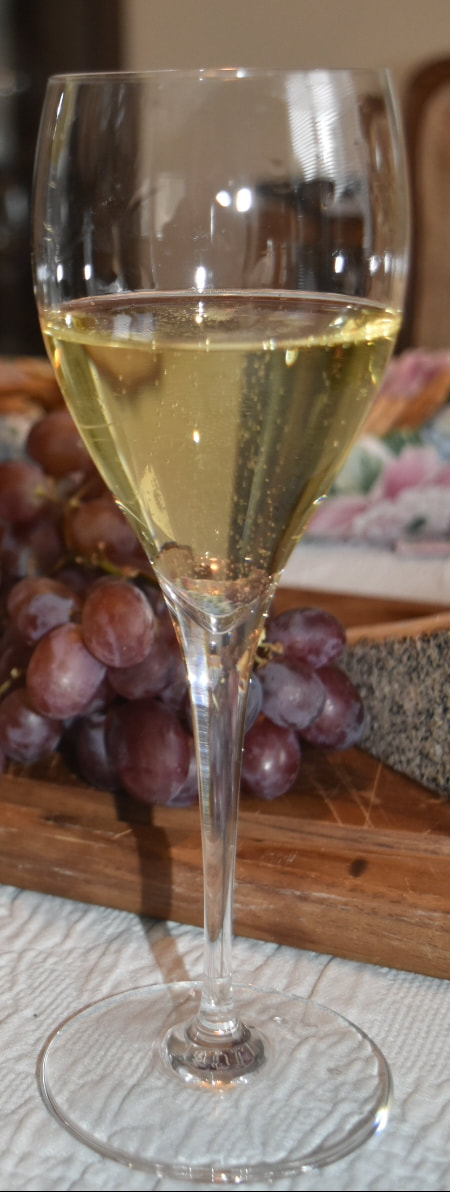

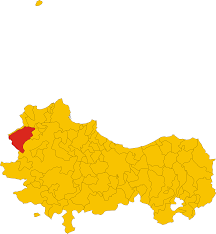
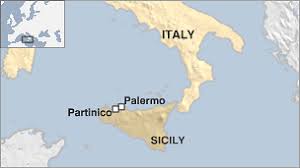
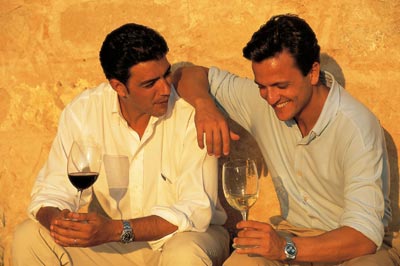
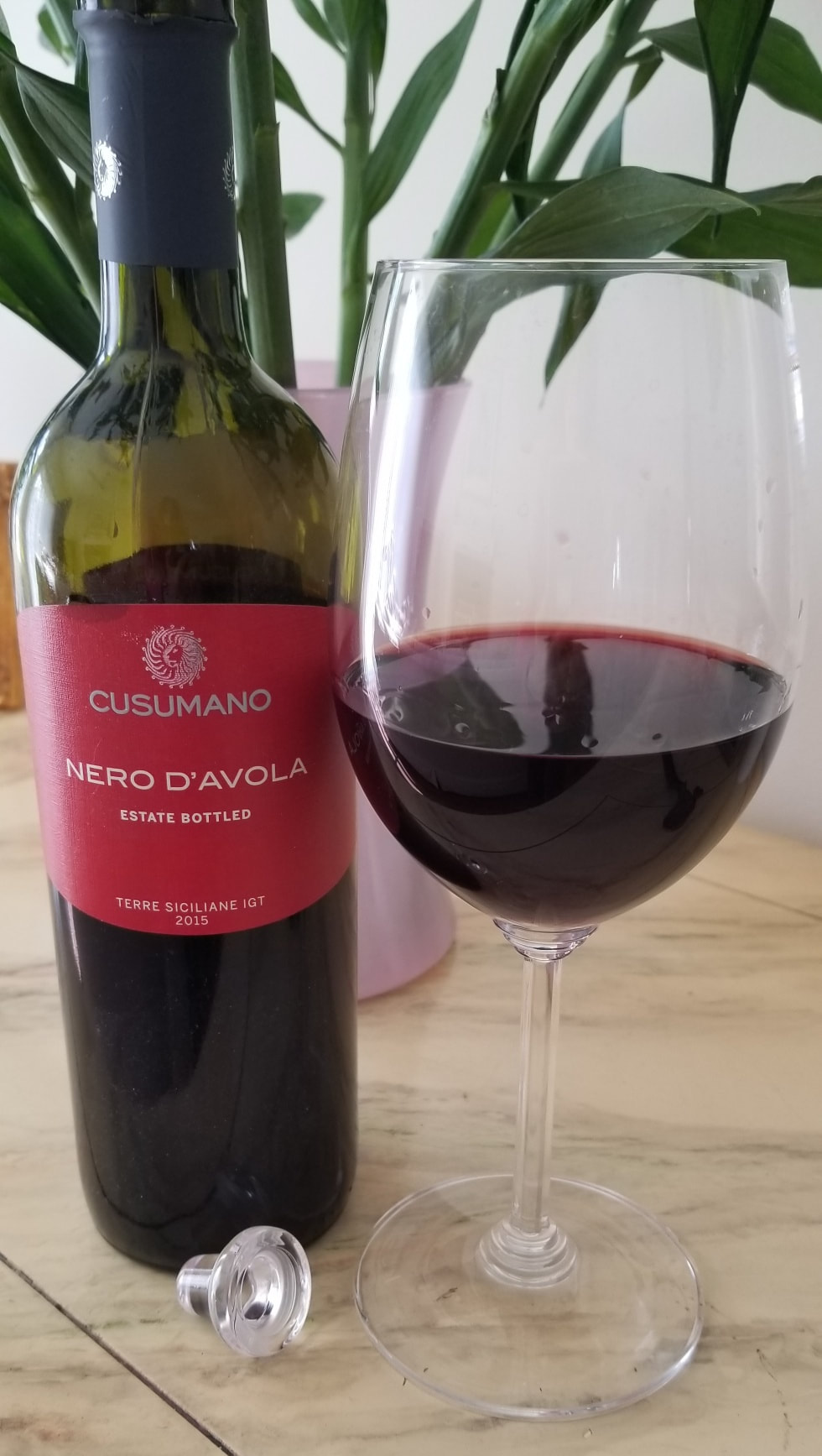
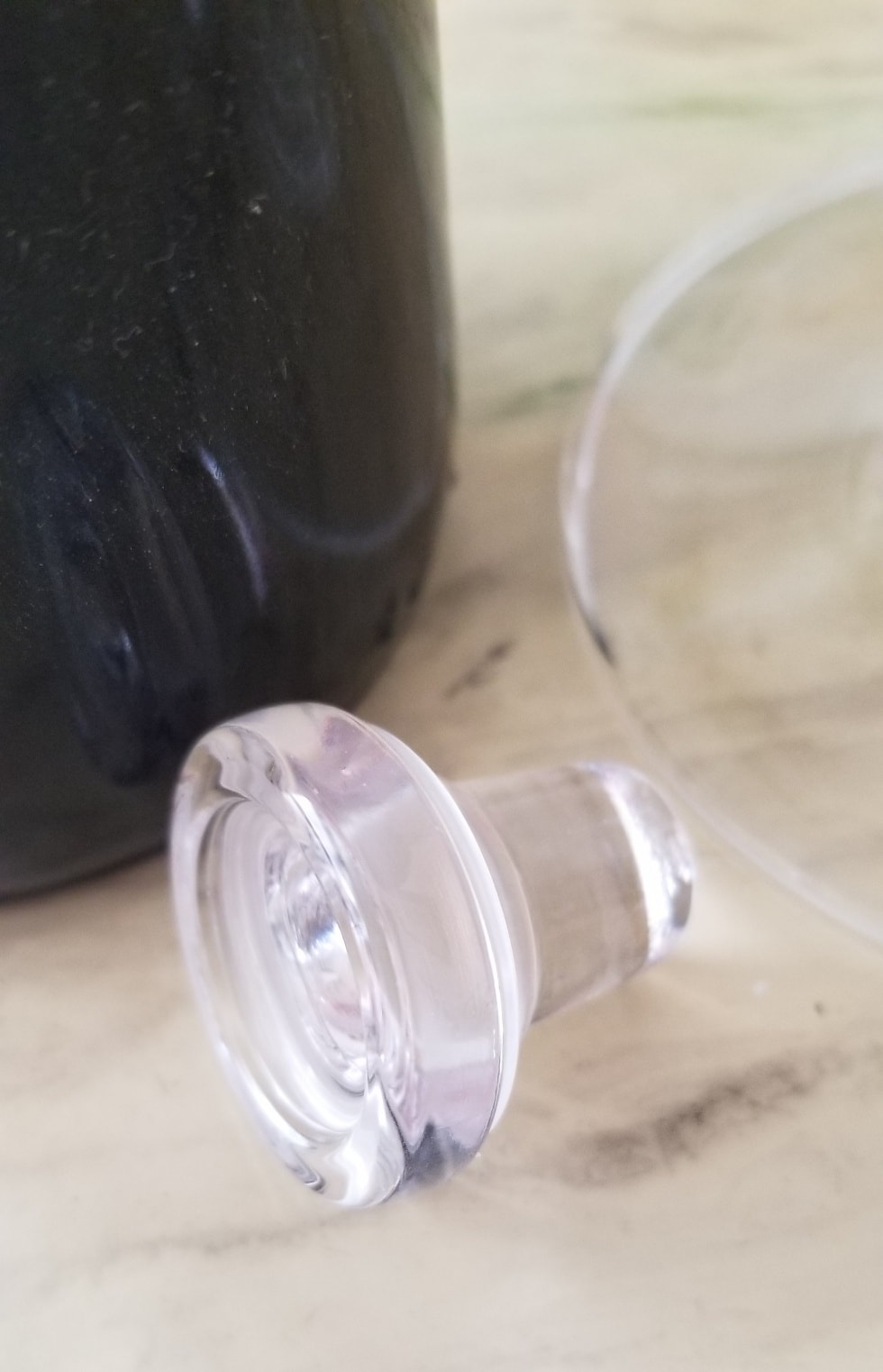
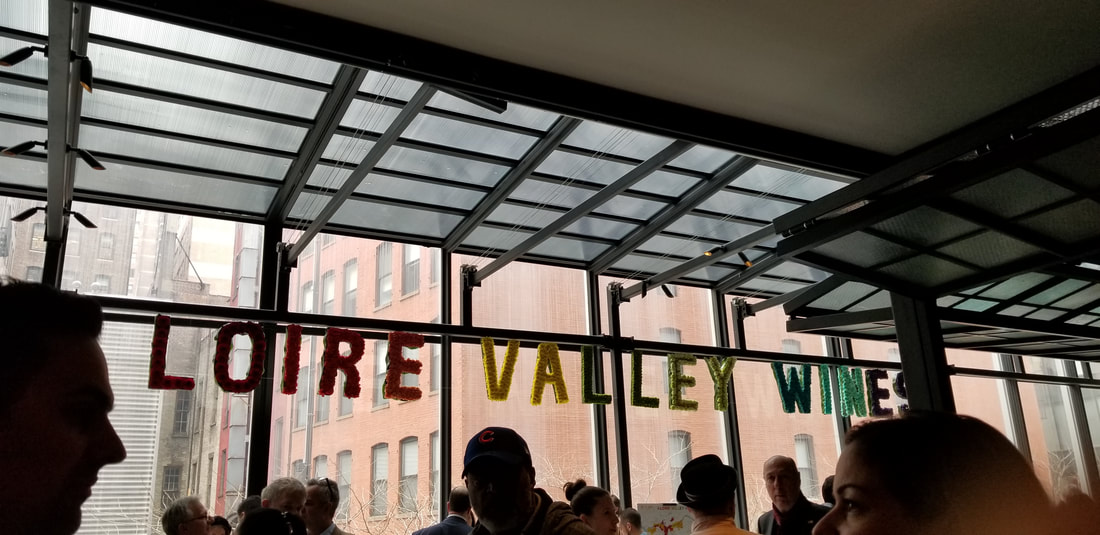
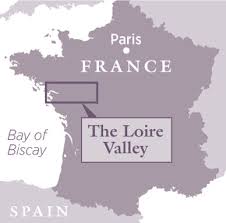
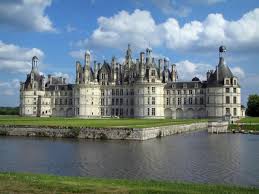
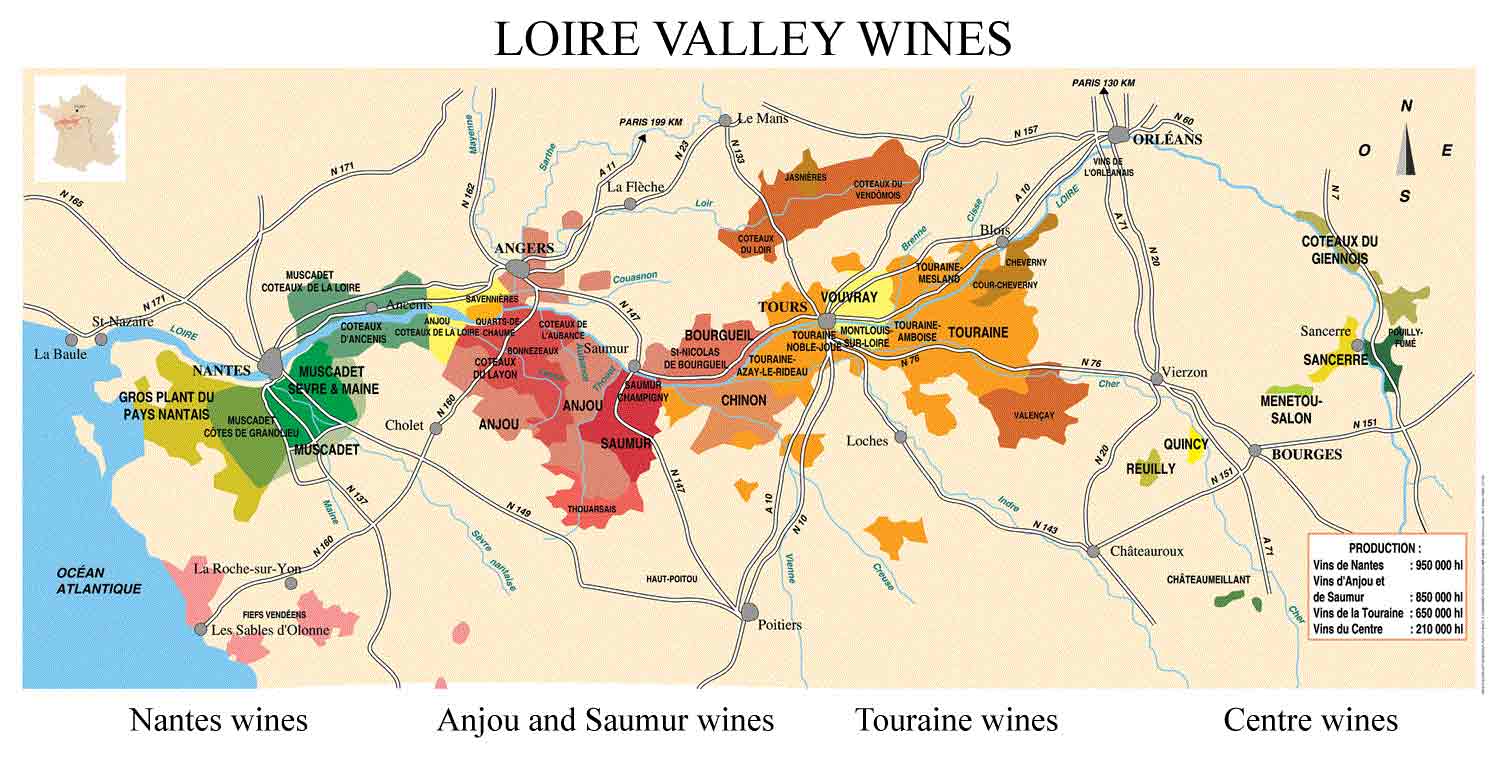

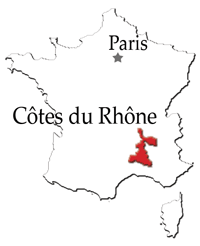
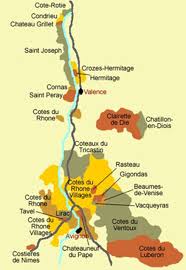
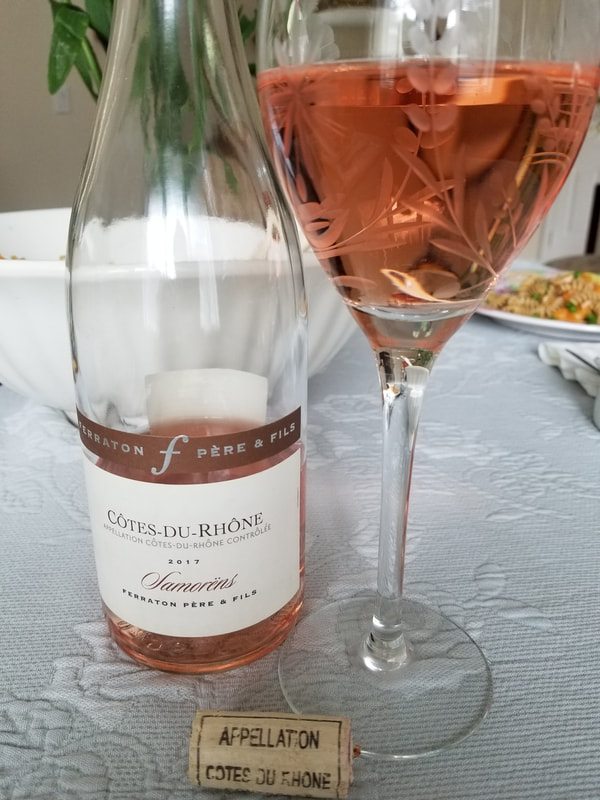
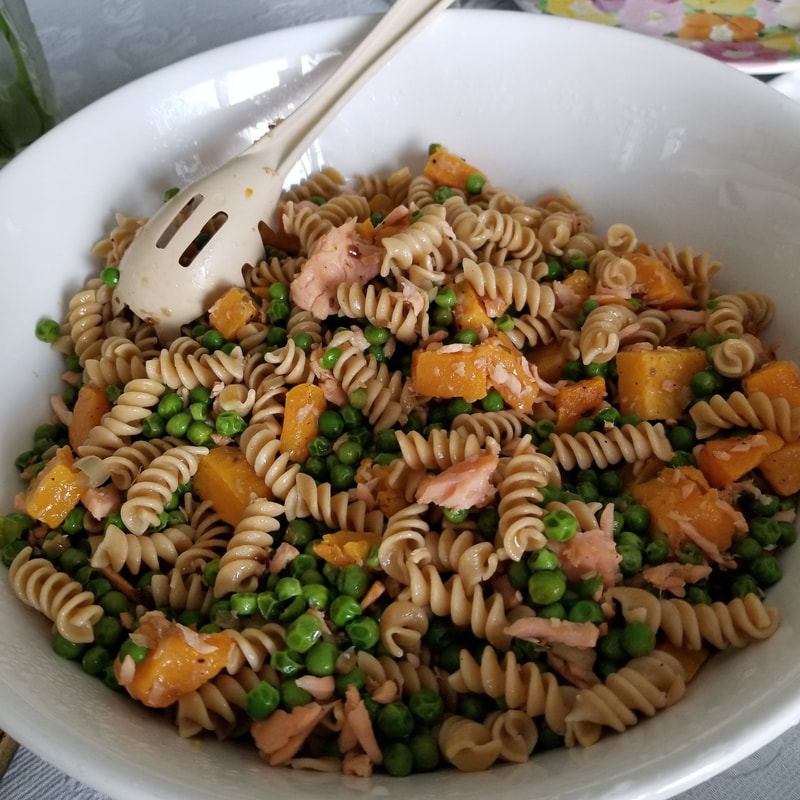
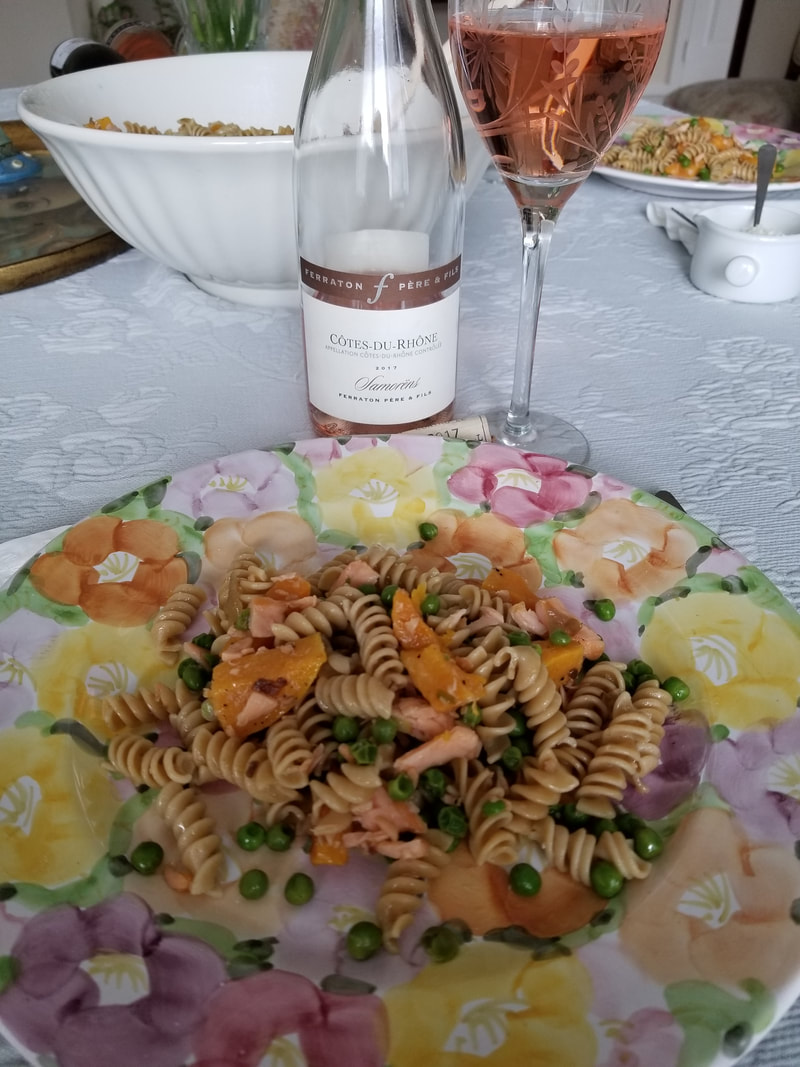
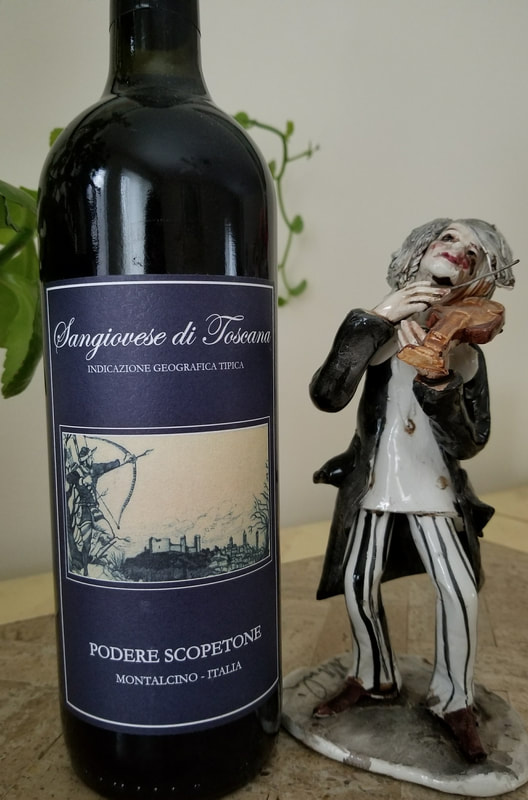
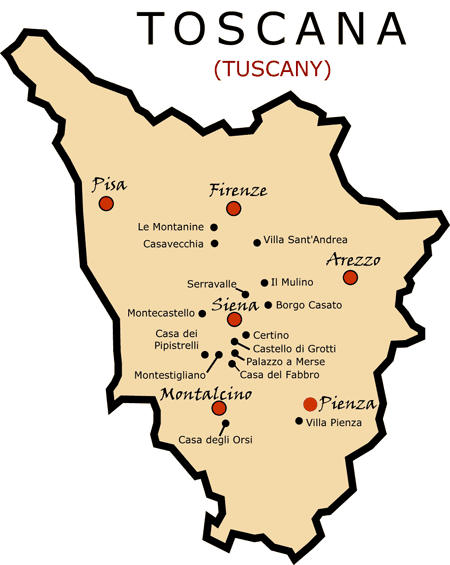
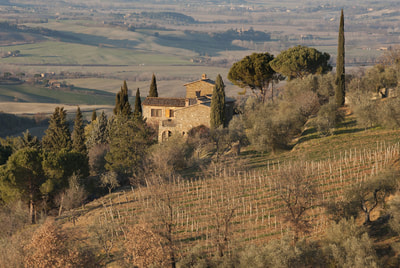
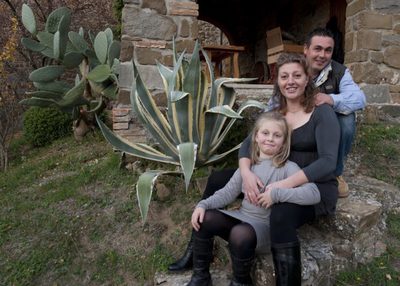
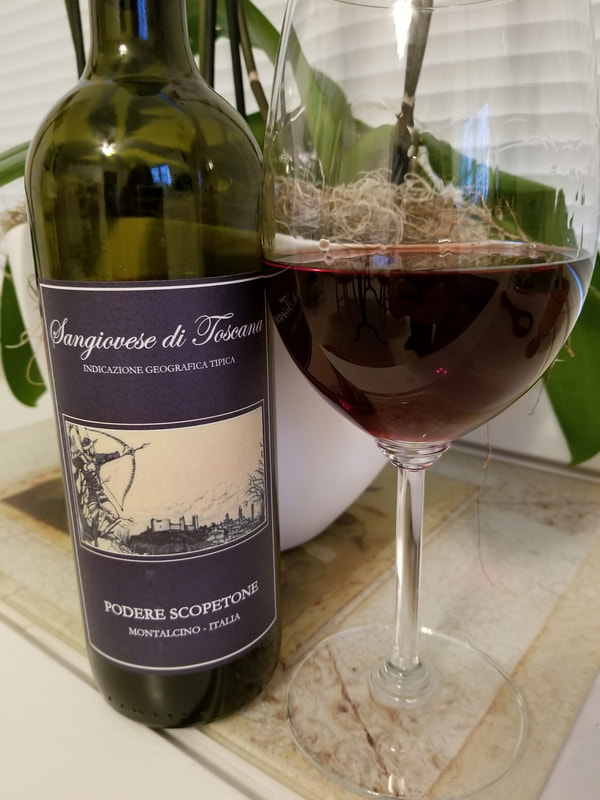
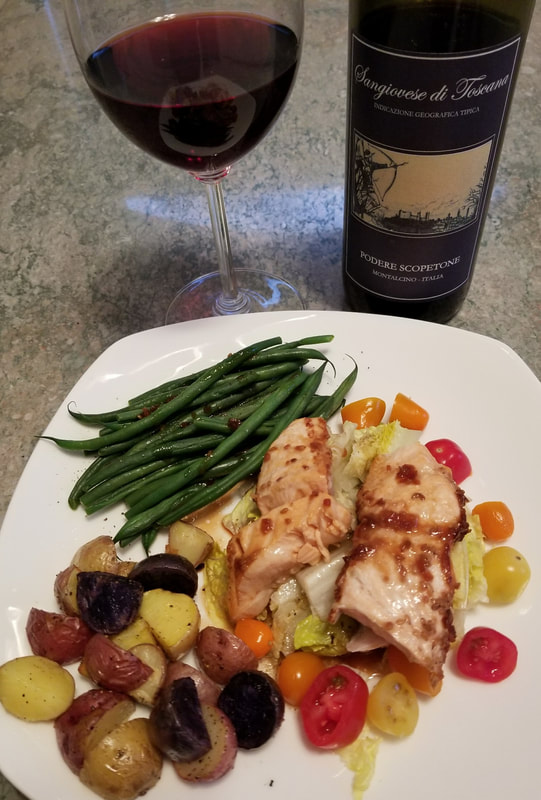
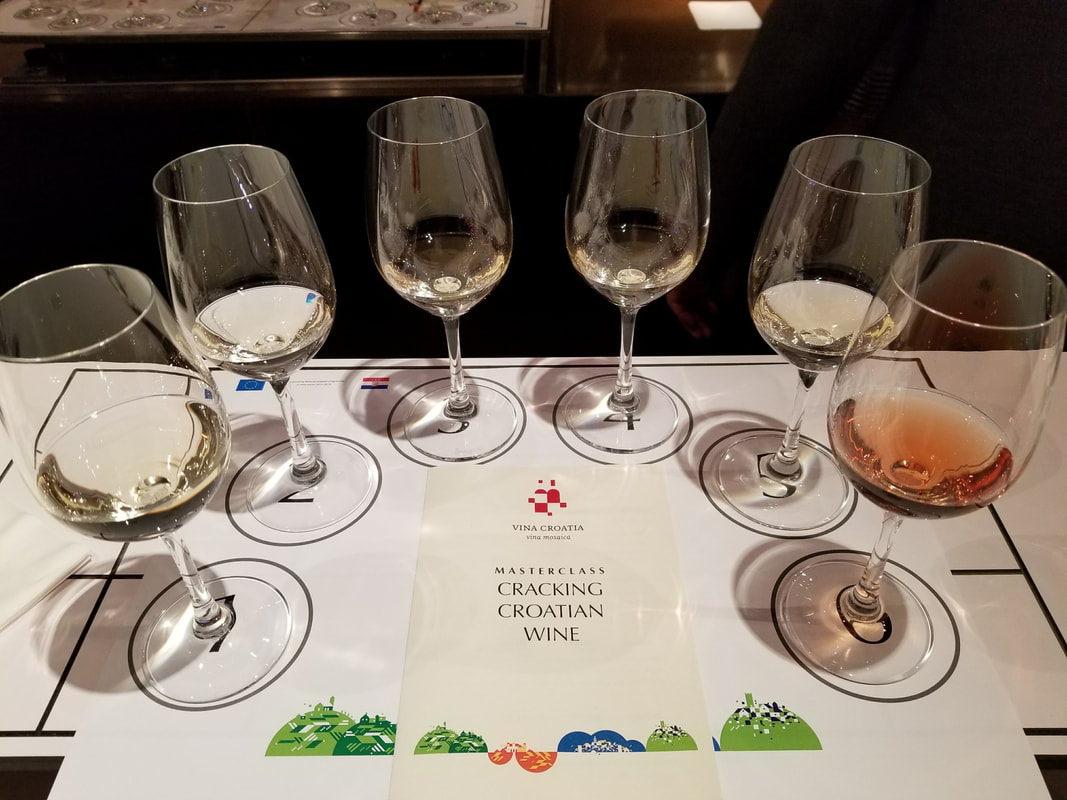
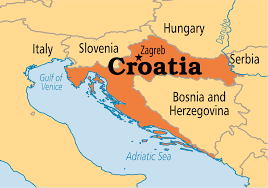
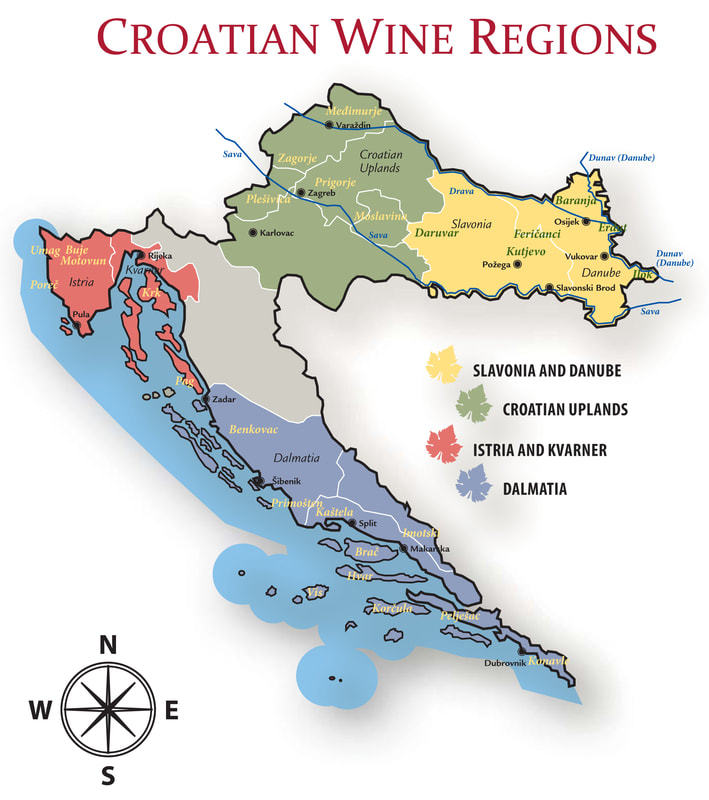
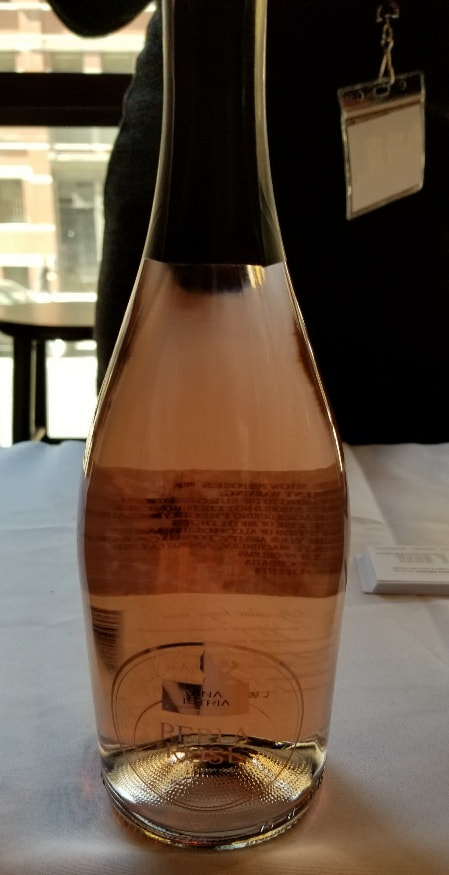

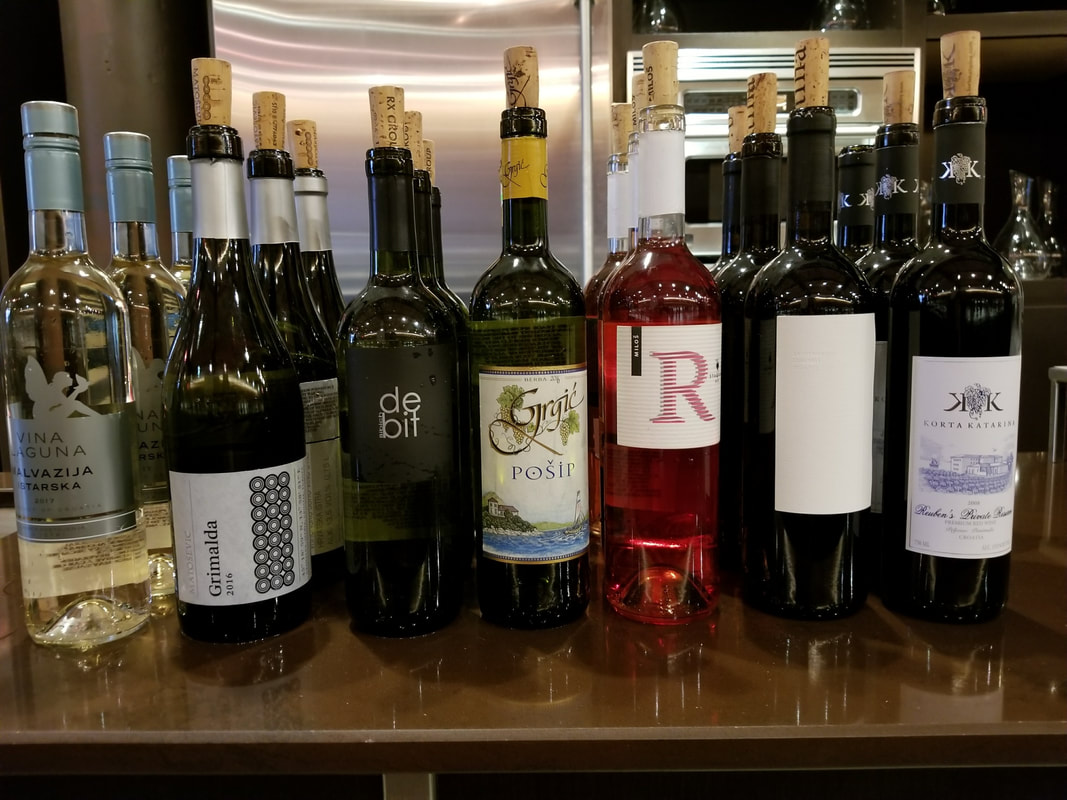
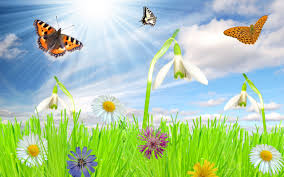

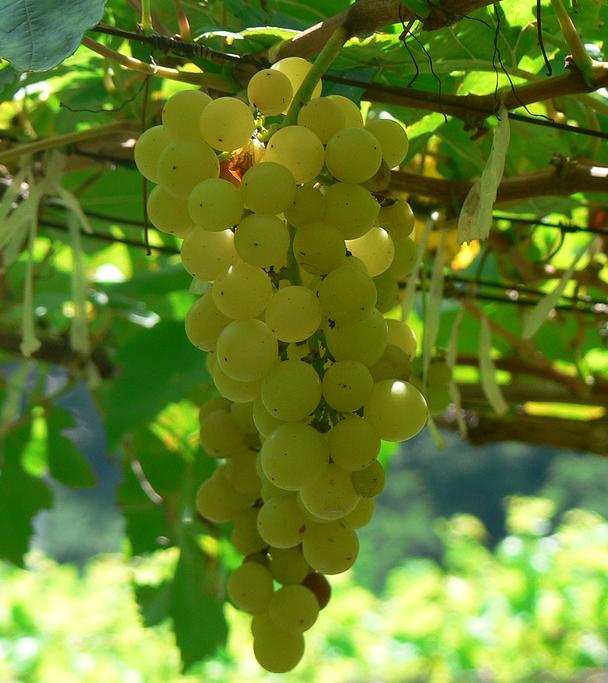
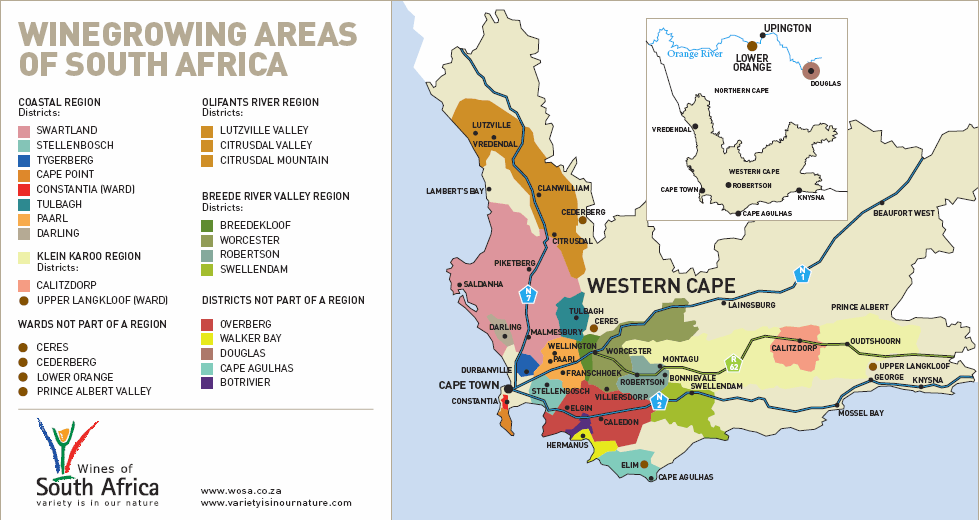
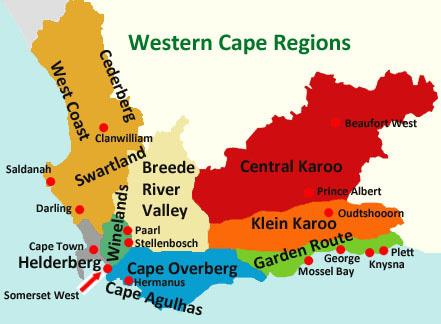
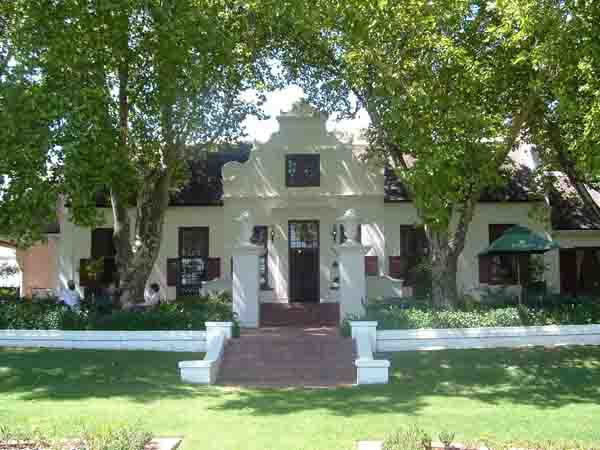
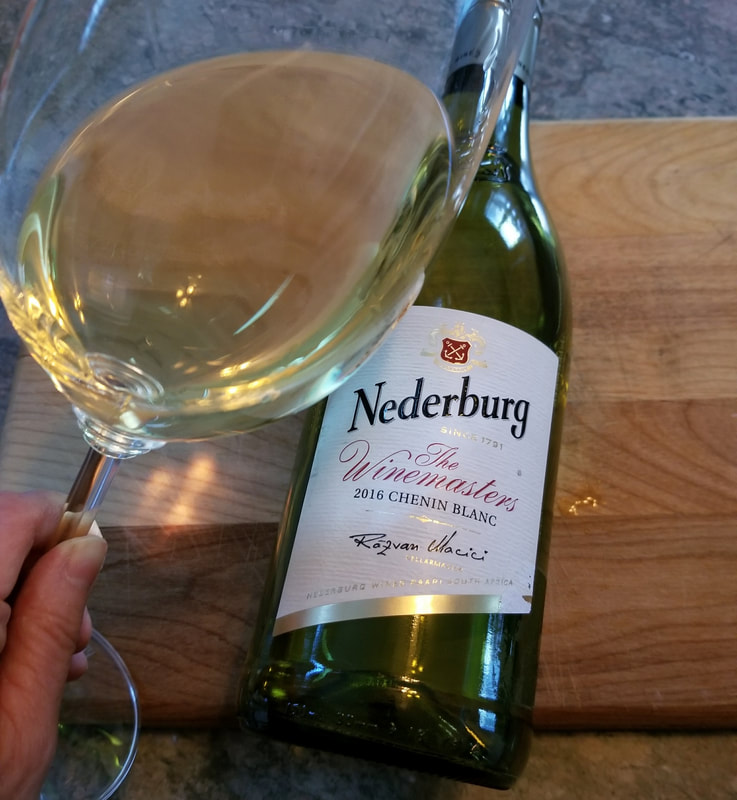
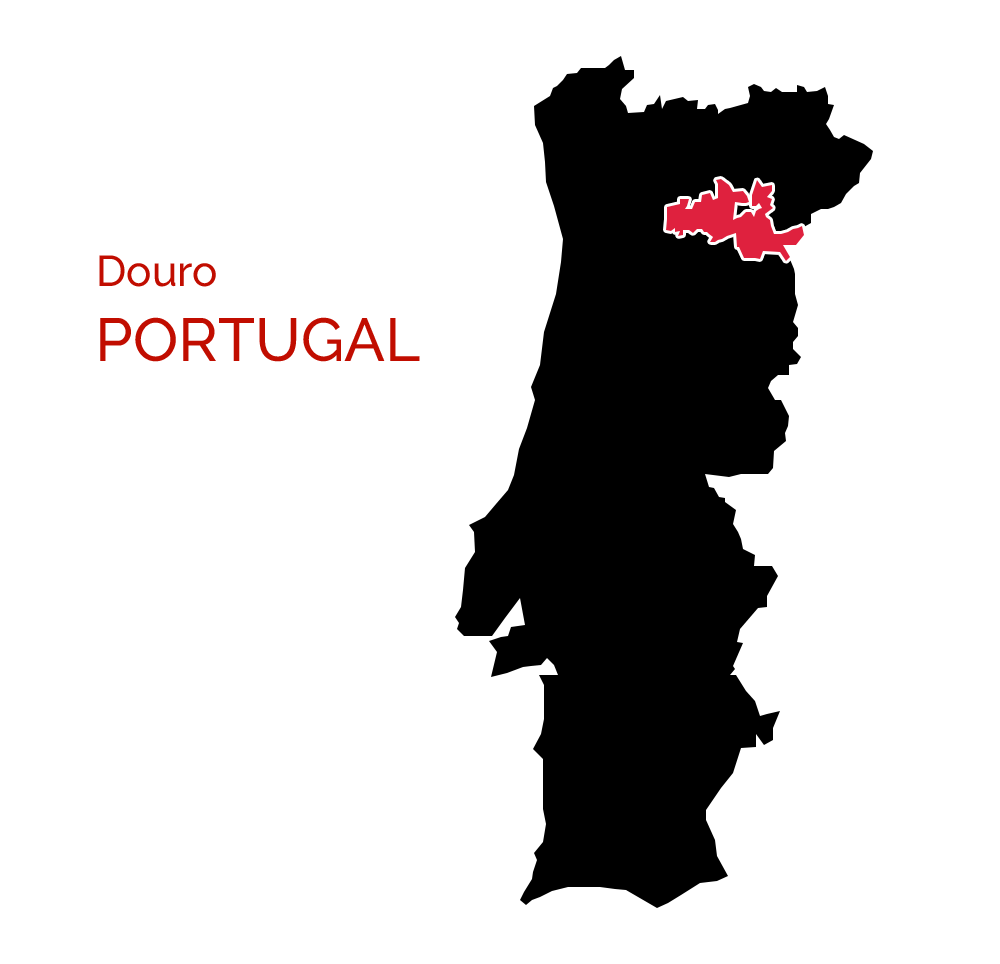

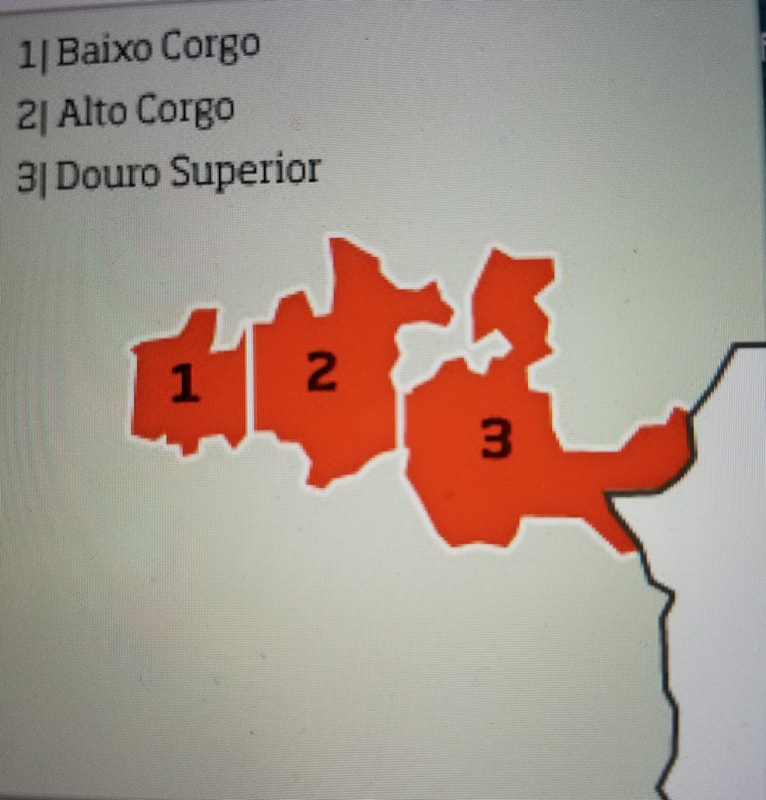
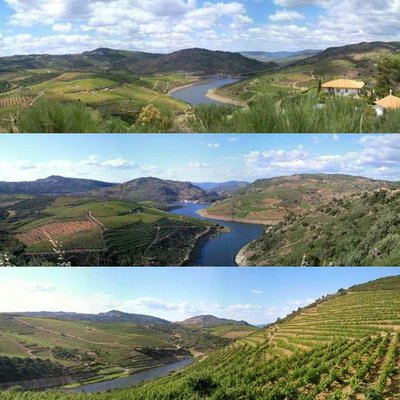
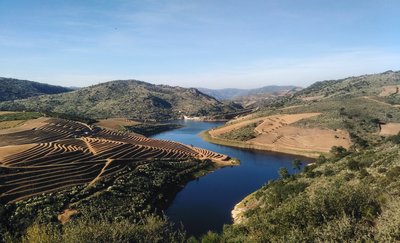
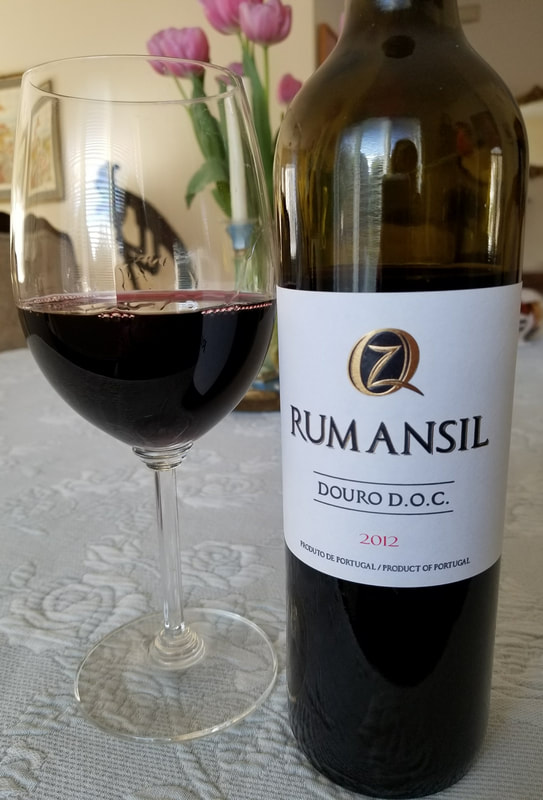
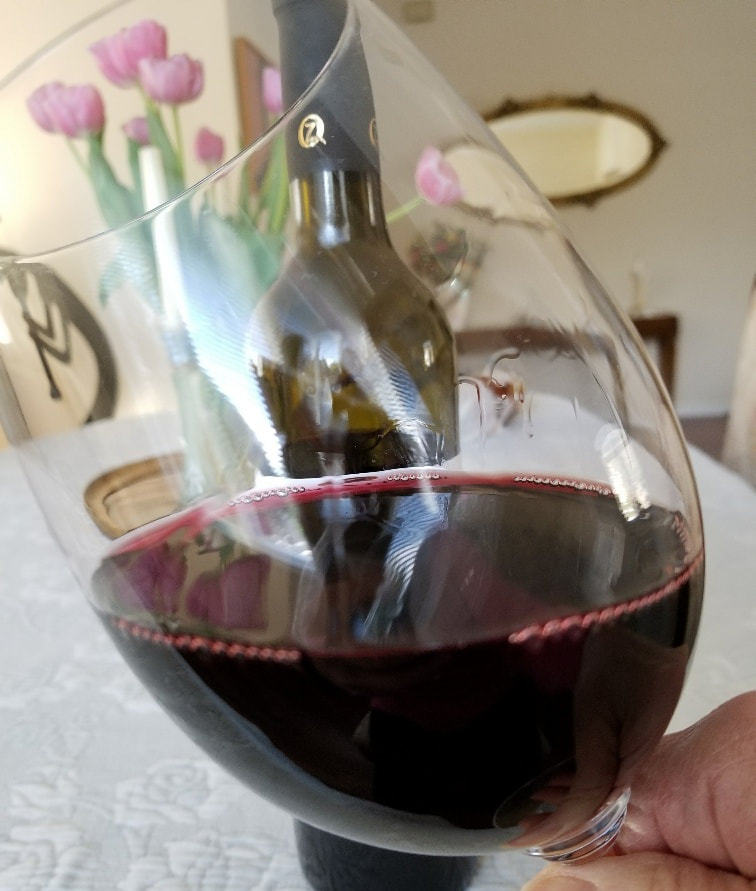
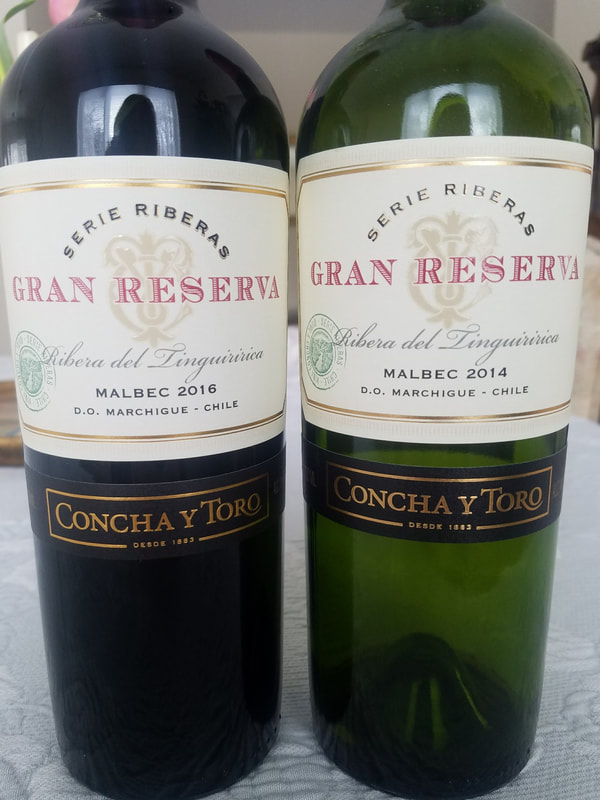
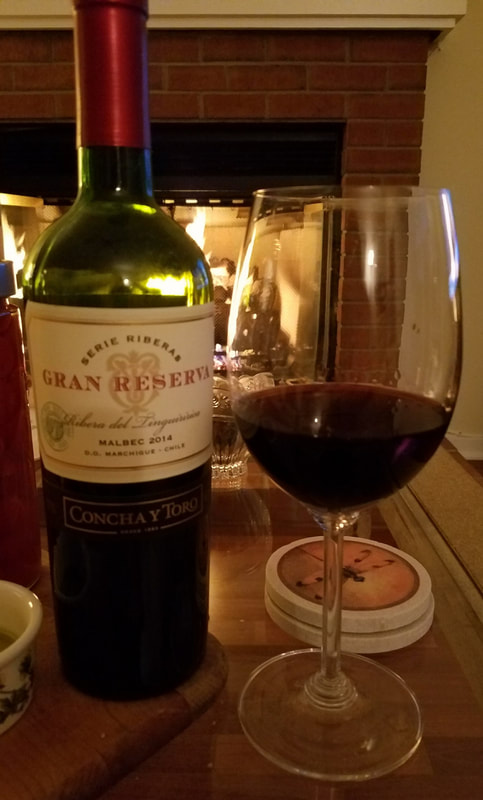
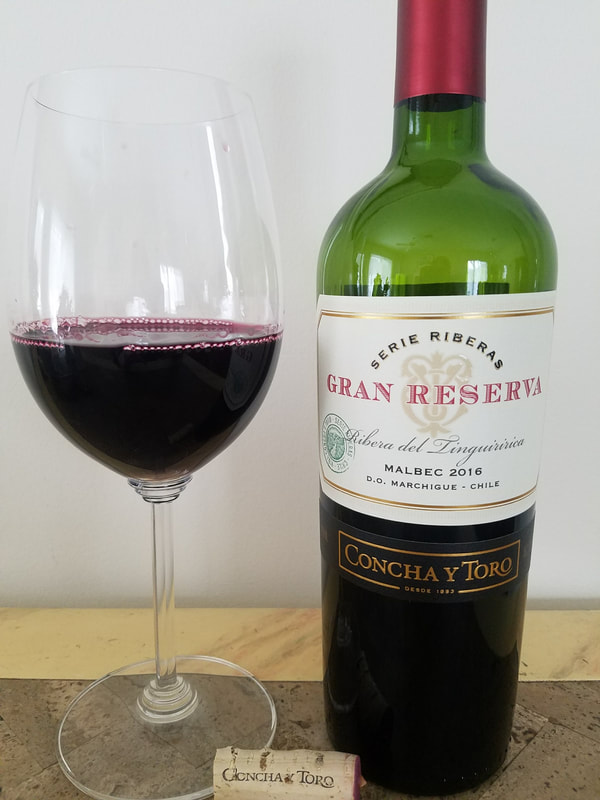
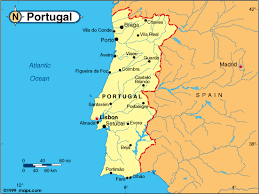
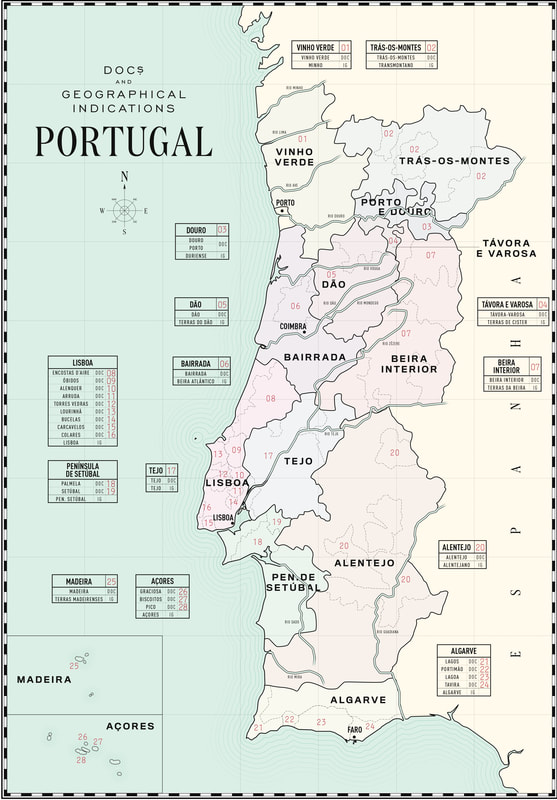
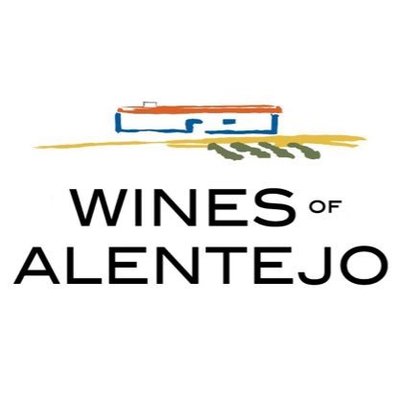
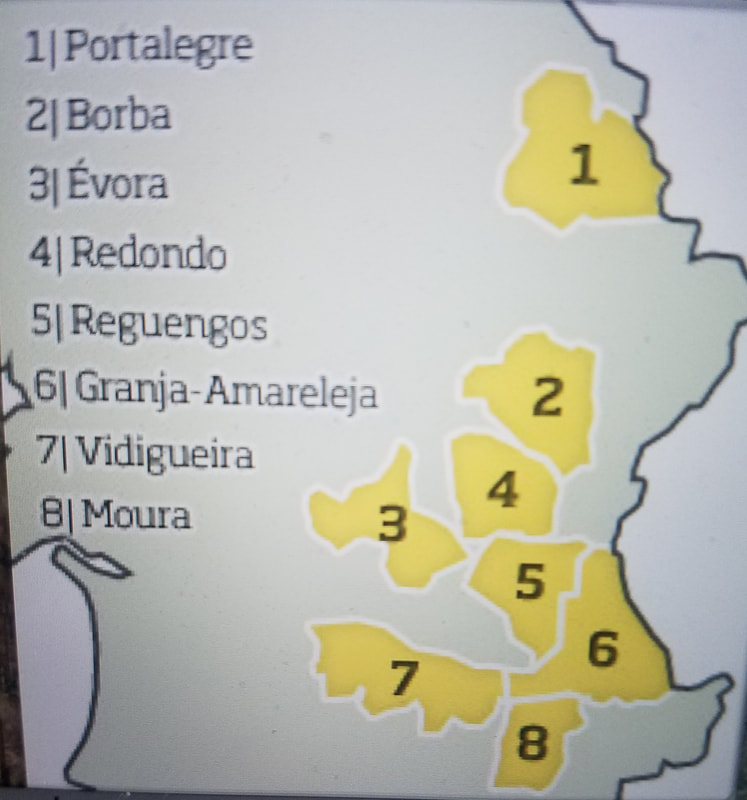
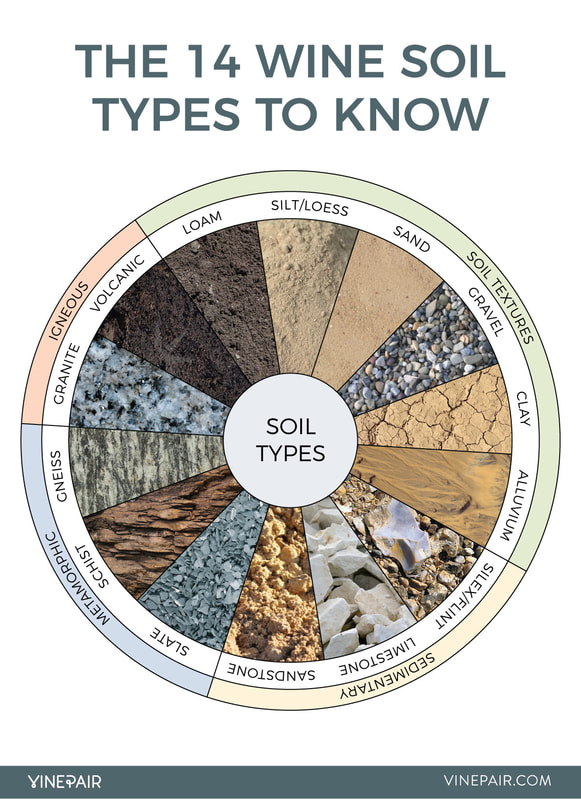
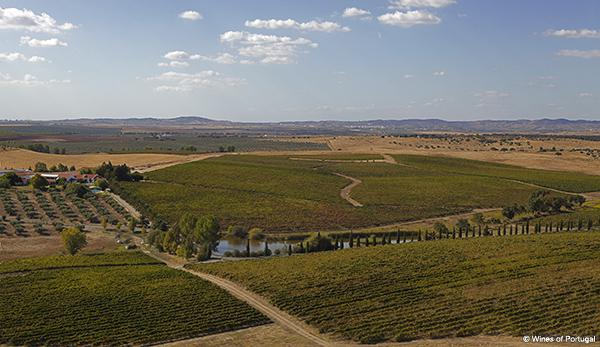
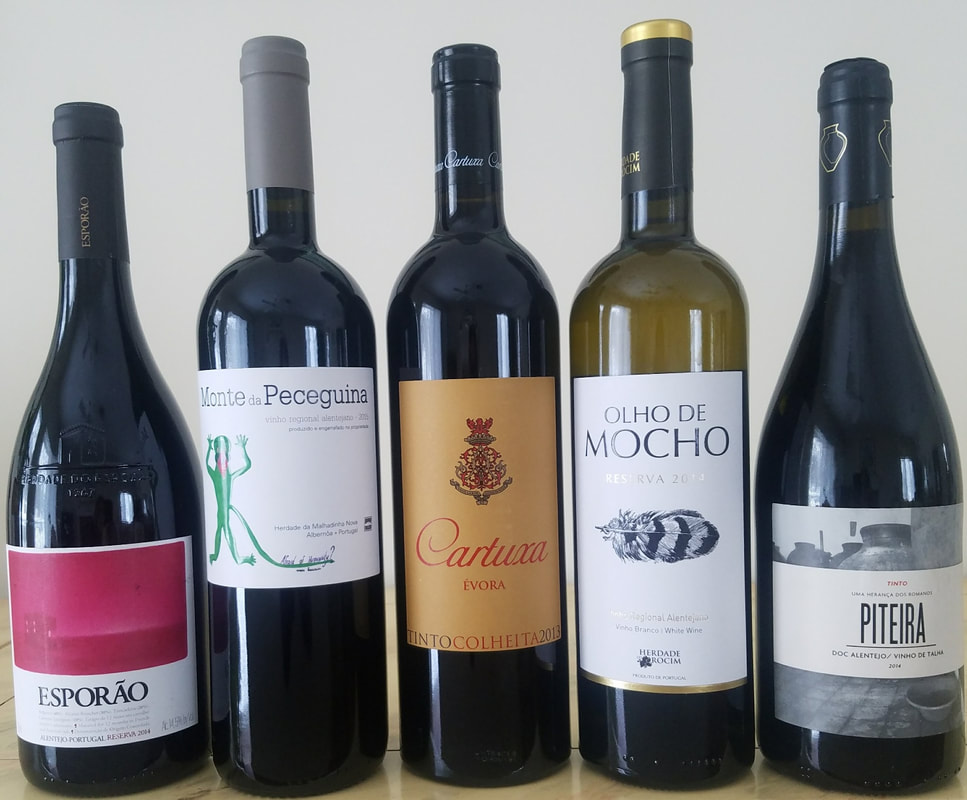
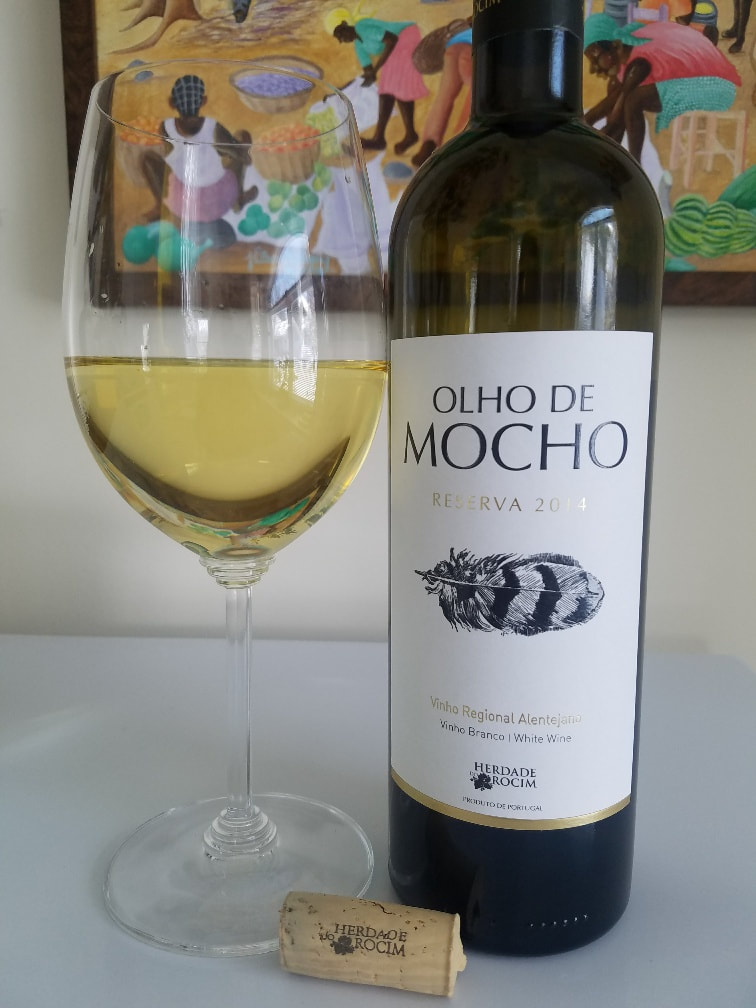
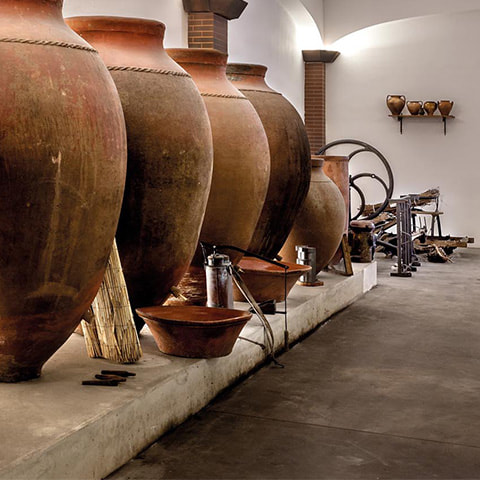
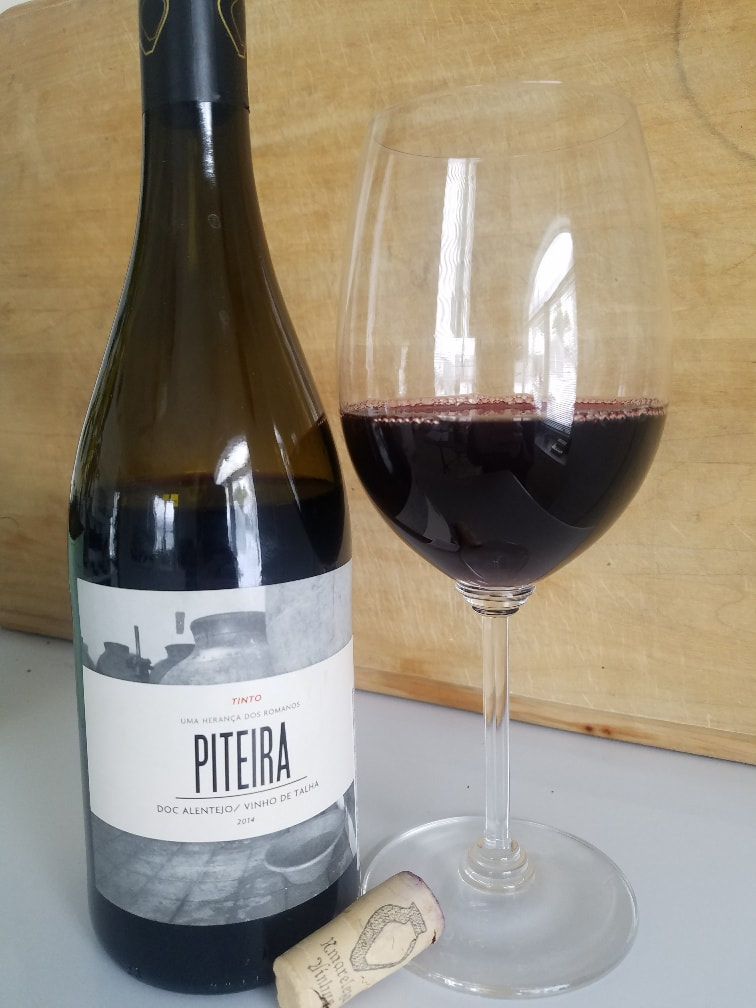
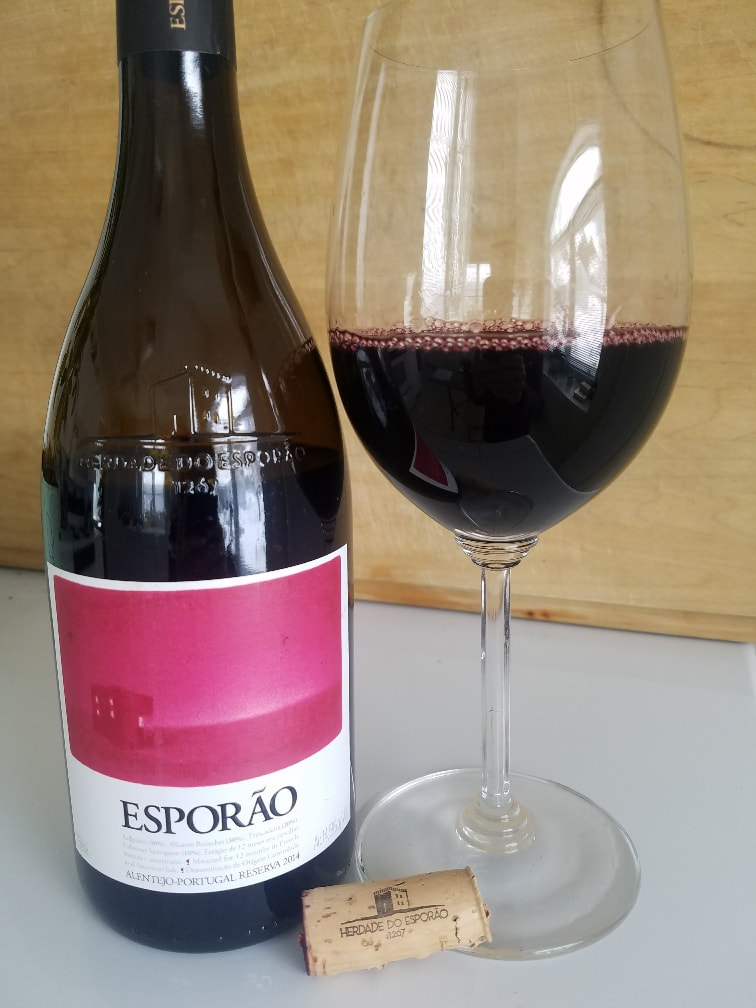
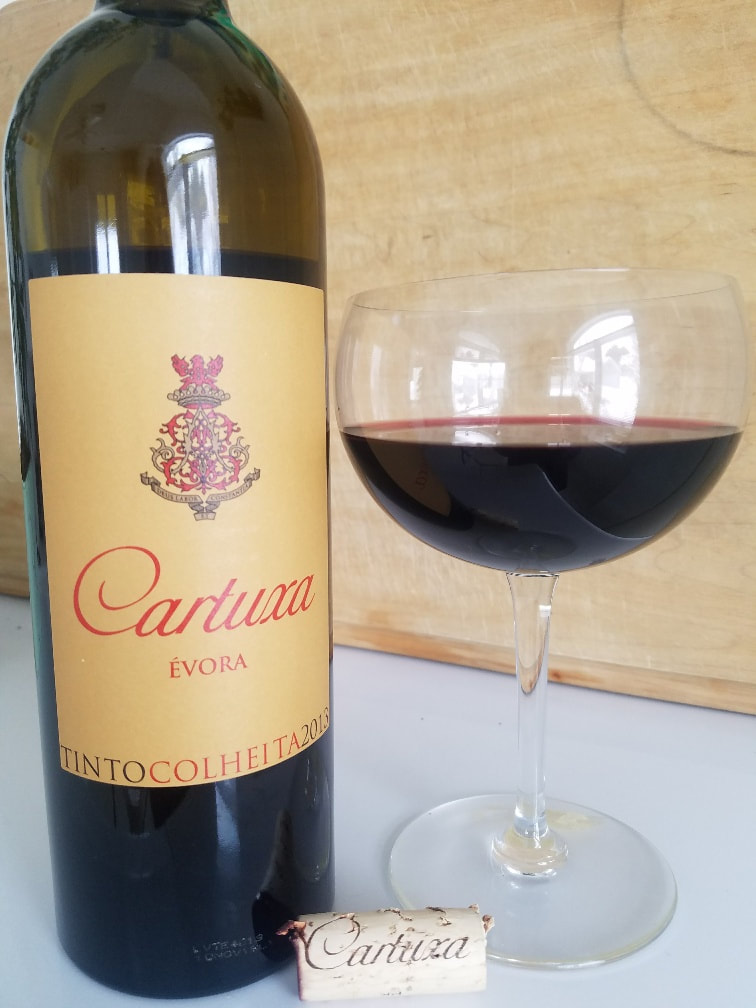
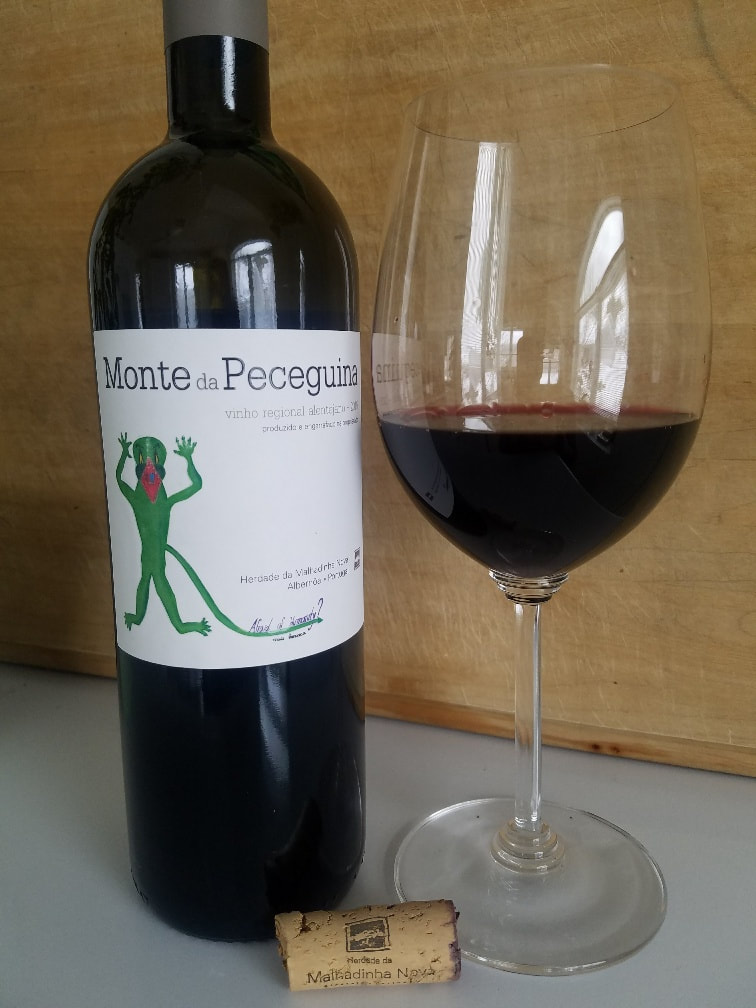
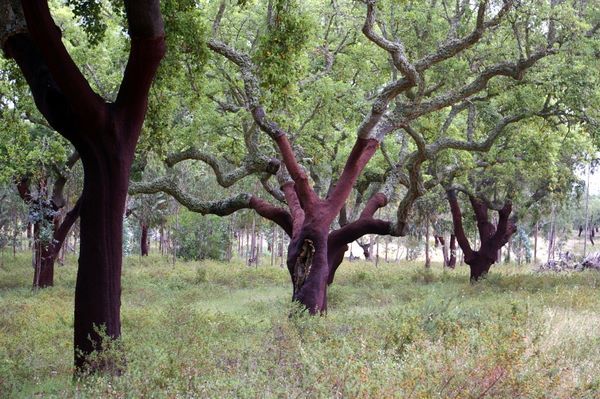
 RSS Feed
RSS Feed